Iceland is the most fascinating Nordic island nation, yet it’s often not given much attention! The multiplicity of interesting facts about Iceland intrigued and enthralled us so much, we wanted to share this diverse and interesting country with you!
Did you know that beer was banned in Iceland until 1989?! Neither did we! Read on to find out all about Iceland – a country of dramatic landscapes with geothermal pools and northern lights. As well as a history of Vikings, double gaited horses and folktales!
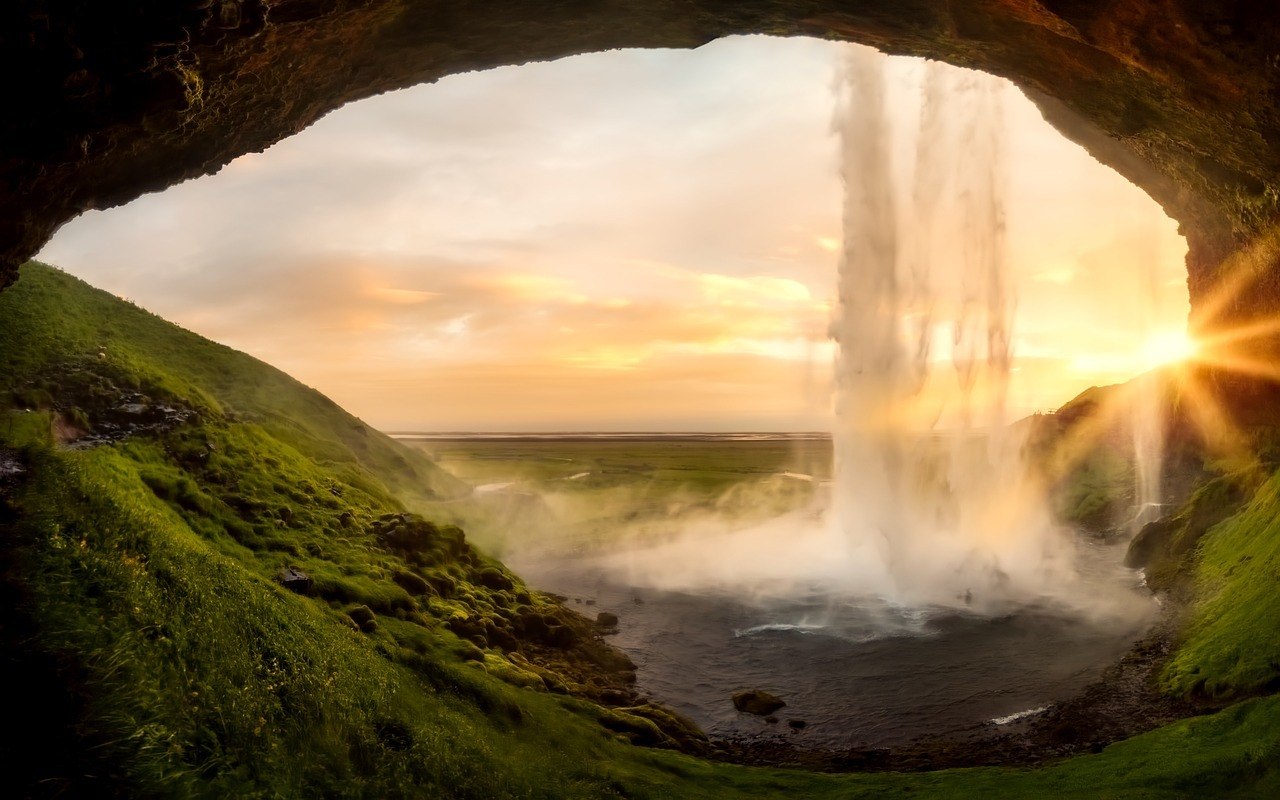
Interesting Facts about Iceland
Iceland has so many fascinating facts and is so rich in culture for such a small and relatively new place of inhabitants!
1) Iceland is so small that they have an app solely intended to check whether someone is related to you and just how closely they are related, just to make sure the Icelanders can avoid incestual relationships!
2) More than 60% of the Icelandic population live in the capital Reykjavík.
3) Jóhanna Sigurðardóttir was the first female Prime Minister of Iceland and is the first head of state that is open about her sexuality as a lesbian.
4) Iceland’s flag represents the natural elements that make up the island: Blue for the mountains, red for fire and lava and white for snow and ice. The cross is representative of the flags of Nordic countries.
5) The name Iceland is deceptive, in that the surface of the island is in fact only about 10% ice, with surprisingly warm winters due to the warming affects of the Atlantic Gulf. Greenland should realistically be called Iceland!
6) The Northern Lights, or Aurora Borealis, can be seen in Iceland from September through to March.
7) There are no water heaters or geysers as steam and hot water come from the natural geysers and hot springs that are connected into peoples homes and buildings. The etymology of the English word “geyser” comes from the Icelandic word “geysir”, which means gusher and originates from one of Iceland’s most famous natural attractions, the Great Geysir, which would burst water and steam as high as 80 meters when it was still active!
8) Iceland has one of the lowest crime rates in the world, and virtually no violent crimes at all. This is partially due to the ideas on non-violence in the country as they don’t have a standing army and the police officers don’t carry guns.
Another Interesting Iceland Culture Fact:
9) It’s not uncommon to find babies napping outside in freezing cold temperatures! This dates back to when there was insufficient air circulation and overcrowding indoors, but it’s still common to find a pram outside in the cold with a sleeping baby.
More Iceland Fun Facts
There are also many humorous or different things about Iceland that make this island what it is….
10) Beer was made illegal in Iceland in 1915 and remained so until 1989!
11) There are no surnames or family names in Iceland. The traditional Nordic naming system uses a last name that is comprised of their mother or father’s first name with the addition of -dóttir for daughter or -son for son.
12) Iceland banned prostitution in 2009 and banned all strip clubs in 2010.
13) Icelanders watch more movies than any other nation. (Not surprising when there are only between 2-4 hours of daylight in winter and 0 degrees celsius outside!) It also has the highest number of book and magazine publications per capita, with 10% of the country’s population publishing a book in their lifetime!
14) Iceland has one of the most unusual museums in the world: The Phallological Museum. This museum houses the world’s largest collection of penises and penile parts, which includes 55 whale penises and one human penis!
15) The majority of present day Icelanders believe in “hidden people” or fantastical beings such as elves and trolls! There are many folklore tales centred around these legends and they’ll go as far as cancelling construction projects if they think that elves currently live in the area.
16) How’s this for an interesting fact about iceland? Many Icelanders believe that large fallen rocks found in fields are frozen trolls, and that the smell of sulphur around the volcano is not sulphur at all, but the smell of trolls’ dirty bath water.
17) Icelanders love swimming outdoors in the hot springs. They are, however, not allowed to shower or bathe with a swimsuit on and most showers don’t have doors or curtains, but males and females have separate locker rooms.
Not So Fun Iceland Fact:
18) Iceland has the longest work week in Europe, working 43.5 hours per week!
Iceland Facts About The Environment
Iceland’s location makes it geologically very young and active. There is a volcanic eruption every four years on average. Here are some more environmental facts about Iceland.
19) Iceland is known as the “the land of fire and ice”, with more than 100 volcanoes on the island, dozens of which are still active. Glaciers cover more than 10% of the island.
20) Iceland is divided in half by volcanoes as it has the Mid-Atlantic Ridge running through its center, and has the most active volcano area in the world! The volcanic zone in central Iceland is a “constructive junction” that divides the western part of the island belonging to the North American tectonic plate and the eastern part of the island on the Eurasian plate.
21) Þingvellir National Park is a UNESCO World Heritage site and is one of only two places in the world where you can clearly see two tectonic plates drifting apart! (The other one is the Great Rift Valley found in East Africa)
22) Þingvallavatn Lake is the deepest and the largest lake in Iceland with a depth of 144 meters and an area as big as the Grand Canyon! This Lake is found in the divergent zone of Þingvellir and people can go diving and snorkeling in it!
23) Iceland is responsible for more than a third of all the fresh lava on earth in the last 600 years!
24) 80% of the country remains uninhabited
25) There are no forests in Iceland! The harsh landscape doesn’t create the best conditions for forestry, and the Vikings severely forested land, cutting down the majority of the native trees. The remaining trees are mostly birch, spruce, aspen and willow.
26) Only a fourth of Iceland has vegetation and only one percent of all the soil is arable. Iceland is a very eco-friendly country and use minimal fossil fuels. Around 85% of Iceland’s energy comes from renewable resources with over half of that being geothermal.
27) Vatnajökull is the largest glacier in Iceland (and the largest in Europe) with an area of around 8,100 square kms. It covers 8% of the country’s landmass!
28) Hvannadalshnjúkur is the tallest mountain in Iceland, with its highest peak reaching a height of 2,110 meters! It’s found on the southern part of the huge glacier.
29) As opposed to normal geysers, the one in Iceland near Strokkur erupts every 8-10 minutes!
30) Eyjafjallaökull erupted for the first time since 1821 on the 21st of March 2010, sending over 600 people fleeing and abandoning their homes. The ash clouds created a major disruption to air travel in Europe and the name of the volcano had many journalists and news reporters tongue tied!
31) In 2001, one of Iceland’s most active volcanoes erupted from under the thick ice causing a much more powerful eruption than that of Eyjafjallaökull, and creating a 20km (12 mile) spray of ash and lava.
32) Iceland is regularly shaken by tremors and affected by earthquakes of varying intensities. The volcanic eruptions and earthquakes follow each other.
Cool Facts About Animals In Iceland
As an island country, there are a plethora of native species. Most of these are insects, with around 1,300 different species. The only native land mammal found by the Viking settlers in Iceland was the Arctic fox, but now many more have been imported. Here are some more interesting facts about animals in Iceland:
33) The number of insect species is low when compared to other countries. Even better, mosquitoes don’t exist in Iceland!
34) The arctic fox walked over the frozen seas to get to the island at the end of the ice age
35) The imported animals of Iceland include Icelandic horses, sheep and sheepdogs, goats, cattle, and chicken. These are descendants of the animals that were imported by Europeans.
36) Wild animals in Iceland include the Arctic fox, mink, rabbits, and reindeer. Occasionally even polar bears end up on the island by travelling on icebergs from Greenland!
37) There are many species of fish that live in the waters surrounding Iceland, and the fishing industry is a major part of the country’s economy.
38) You can often spot minke whales, humpback whales, blue whales, and orcas in the surrounding waters, especially around Húsavík. Whale watching has become a very important part of Iceland’s economy, and the most lucrative in the world.
39) The Icelandic horses found on the island are unique in that they are direct descendants from the horses that the Vikings first brought into Iceland from mainland Europe.
40) Icelandic horses are also unique in that they have two additional gaits as compared with all other breeds of horses!
41) Látrabjarg is the largest bird cliff in Europe. It serves as a breeding ground for millions of birds!
42) The puffin can be found in Iceland! It’s a cute small bird with black and white feathers and a big rounded beak, and is also called a sea parrot. Eating the heart of a puffin is considered a delicacy in Iceland!
Iceland Facts For Kids
Iceland is also a wonderland for kids! Mythical creatures, unique horses and tales of Vikings run wild in this interesting island.
43) It’s illegal to own a pet snake, lizard or turtle in Iceland, and there aren’t any reptiles or amphibians in the country!
44) Iceland’s national sport is handball.
45) Mosquitoes don’t exist in Iceland!
46) The Icelandic horse is one of many unique animals and has a different way of walking than normal horses!
47) Iceland was one of the last places on the planet to be settled by humans, who were the Vikings who sailed in from Norway.
48) The sky in winter turns into a rainbow of colours from collisions of particles released by the sun close to the Arctic Circle.
49) Some Icelandic people still believe in mythical creatures like elves and trolls!
50) The colors of the flag represent the elements of the land. Red represents the island’s volcanic fires, white is for the snow and ice capped mountains and blue for the ocean.
51) Iceland has more than 200 volcanoes and a third of all the lava found on Earth.
52) There is a black volcanic sand beach in Iceland
53) About 11% of the island is covered in glacial ice or cooled lava beds
Facts About Iceland Food & Drink
Ready for the Icelandic cuisine? Foods get weird here on this intriguing island! They don’t have fast food, but they sure make up for it with an array of downright weird traditional foods! Here are some weird facts about Iceland food:
54) Visitors can taste things like whale, puffin, fermented shark, sheep’s head, dried fish, and pickled ram’s testicles!
55) These traditional Icelandic dishes can be found in almost any kind of restaurant in Iceland!
56) Brennivín is an alcoholic beverage native to Iceland that translates to “burning wine” or “black death”. It’s made from fermented potato mash and flavored with caraway seeds. This drink is traditionally eaten with hákarl or fermented shark meat, which is notorious for its putrid smell!
57) Another strange typical Icelandic food is pylsur, which is a hot dog that is made out of a combination of lamb, pork and beef!
58) Iceland has the highest consumption of Coca-Cola per capita than any other country.
59) The tap water in Iceland is very safe to drink.
60) Beer Day is celebrated every 1st of March after its revival in Iceland in 1989!
61) “Appelsinusafi” means orange juice in Icelandic.
62) Skyr has the texture and taste of yogurt but it’s not actually yogurt. It’s really a soft cheese that is made from pasteurized skimmed milk and bacteria culture.
63) Harðfiskur or dried fish is a popular snack in Iceland.
Iceland Facts About The Economy
Iceland also has fascinating cultural, historical and geographical influences that have significantly impacted its economy in a way that you may not have known.
64) Iceland is home to the first parliament grounds in Europe in the year 930 AD, where the first parliament met in Þingvellir National Park, which is now a UNESCO World Heritage site.
65) Iceland gained independence in 1918 and founded the Republic of Iceland after first being considered a part of the Scandinavian countries of Norway and Sweden.
66) Iceland heavily relied on subsistence agriculture and fishing and was one of the poorest countries in Europe.
67) Iceland was more recently ranked as the 13th most developed country in the world by U.N.’s Human Development Index in 2013.
68) Iceland’s economy makes more money from whale watching tours than it does from commercial whaling or scientific whale hunts.
69) Iceland is also the most eco-friendly country in the world in terms of their renewable energy sources. 30% of their electricity comes from geothermal power and the remainder by hydro power.
70) The major industries in Iceland include tourism, fish processing, aluminum smelting, geothermal power, hydropower, and medical or pharmaceutical products.
71) The fishing industry accounts for the majority of Iceland’s exports and 40% of the nation’s economy! 31% of the economy comes from manufacturing unwrought aluminum.
72) The Cod Wars with Great Britain in 1958 increased Iceland’s exclusive fishing waters and gave a boost to the fishing industry in Iceland.
73) The countries imports include machinery and equipment, petroleum products and food and textiles and were estimated at $6.525 billion in 2017.
74) The exports in Iceland include fish and fish products (42%), aluminum (38%), agricultural products, and medicinal or medical products which were estimated at $4.957 billion in 2017.
Language In Iceland
The language in Iceland is fairly unchanged from ancient Norse from the arrival of the vikings and makes for an interesting linguistic study!
75) One of the most interesting Iceland viking facts 1000 year old texts are still easily readable since the language has barely changed over the centuries.
76) The Icelandic alphabet has loads of vowels! a, á, e, é, i, í, o, ó, u, ú, y, ý, æ and ö. The letters c, q, w and z are also not included in their alphabet.
77) Icelandic students are taught their native language along with Danish and English. They have a high fluency in English and it is said that up to 98% of adults in Iceland are fluent in multiple languages.
Iceland Population Facts
Iceland has a very small population that are mostly condensed in the same parts of the island, leaving almost 80% of Iceland uninhabited.
78) The population of Iceland is just over 300 000 people, which makes it a fairly rural country and the capital city is where the majority of the population is based, making it a really big small town!
79) Everyone in the Icelandic population is known by their first names, regardless of rank or profession. The telephone directories are also alphabetically organised with first names.
Iceland Currency
79) The official currency of Iceland is Icelandic króna (ISK)
Game of Thrones Filming Facts About Iceland
The multi-award winning TV series Game of Thrones was partially filmed in Iceland. With incredible landscapes and, at times, incredibly harsh filming conditions, the Game of Thrones cast has returned to Iceland to film for multiple seasons of the show! Here are some of their favorite filming locations in Iceland:
80) ÞINGVELLIR NATIONAL PARK (North of Westeros)
Here you’ll find the Almannagja Gorge in Þingvellir National Park – the rift between the European and North American Plates. This is where they filmed scenes of the Bloody Gate, or the narrow path to the impregnable Eyrie. A few other scenes were filmed in this National Park at the Hengill mountain and Lake Þingvallavatn.
81) ÞÓRUFOSS WATERFALL (Meereen landscape)
Þórufoss is an 18-meter high waterfall found on the East side of Lake Þingvallavatn, and the place where Drogon, one of Daenerys’ dragons, soars low over the mountains chasing a herd of goats and attacks and eats one of the goats
82) KIRKJUFELL MOUNTAIN (Arrowhead Mountain)
This 463-meter mountain lies on the North coast of Snæfellsnes Peninsula in Iceland and is one of their most iconic mountains. This landscape appears in scenes of the Arrowhead mountains and in fights against the Whitewalkers
83) DIMMUBORGIR LAVA FIELD (Wildling Army Camp)
Dummuborgir is a scenic snow-covered lava field where they created sets that were used as the main Wildling Army camp. The filming crew had to work in conditions as low as -11°C!
84) HVERFJALL CRATER
Here you’ll find the place where the White Walkers tramped beyond the wall. It’s a beautiful area to go hiking to the rim of the Crater from where you can see stunning views over Lake Mývatn.
85) STAKKHOLTSGJÁ CANYON (Wight Ambush)
The 100-meter deep Stakkholtsgjá Canyon is where they filmed Jon Snow and his Suicide Squad attempting to capture a Wight in order to prove the existence of the Army of the Dead and the Whitewalkers.
86) GÍGJÖKULL GLACIER (North of the Wall)
These banned landscapes and glacier outlet at the famous Eyjafjallajökull ice-capped volcano is where the team is seen walking and talking while on the search for a Wight.
87) DYRHÓLAEY BLACK SAND BEACH (Eastwatch-by-the-Sea)
Dyrhólaey is used as the beach at Eastwatch-by-the-Sea. This is where Jon Snow and the Night Watch arrive by boat and where they are guarding the wall.
88) MÝRDALSJÖKULL GLACIER (Fist of the First Men)
This location was used a couple of times when filming the Fist of the First Men on Westeros. The area offers incredible views of the surroundings and is found at the edge of the Haunted Forest represented with Myrdalsjökull Glacier, well-known for sitting on top of the threatening volcano Katla.
89) HÖFÐABREKKUHEIÐI (Frostfangs)
Located near the foot of Katla volcano and Vík in the Höfðabrekkuheiði hiking area, these frozen landscapes were filmed as the far North of Westeros and the Frostfang Mountains.
90) VATNAJÖKULL AND SVÍNAFELLSJÖKULL GLACIERS (North of the Wall) –
The Svínafellsjökull Glacier played an important role in a few of the seasons. Particularly in scenes with the wildlings.
91) ÞJÓRSARDALUR VALLEY (South of the Wall)
Þjórsárdalur Valley and more specifically the Þjóðveldisbærinn turf houses were where they filmed one of the gory massacre scenes where a farming village South of the Wall is attacked by wildlings and the cannibalistic Thenns.
Fast Facts About Iceland
Just in case you haven’t had your fill of facts about Iceland. Here’s some quick and easy information about this interesting island!
Iceland Size Facts
92) Total area: 103 492 km2
93) Total Ice and glacier area: 10 500 km2
94) Area without ice: 92 692 km2
95) Total area of Lakes: 2 656 km2
96) Total farmland area: 1 290 km2
97) Total forest area: 1 907 km2
98) Largest Lake: Thingvallavatn 82 km2
99) Length of coastline: 6 088 km
100) Highest mountain: Hvannadalshnúkur 2 110 m
Iceland Climate Facts
101) Climate: temperate; moderated by North Atlantic Current; mild, windy winters; damp, cool summers
102) Average temperature: Around 0 degrees during winter and 10 during summer
103) Hottest recorded temperature: 30.5°C (86.9 °F) at the Eastern fjords in 1939
Iceland Geographical Facts
104) Agricultural land: 18.7%
105) Terrain: mostly plateau interspersed with mountain peaks, icefields; coast deeply indented by bays and fjords
106) Borders: Sweden, Norway and Russia
Iceland Political Facts
107) National Day: 17th June (Independence day 1944)
108) National Colors: Red, white and blue
109) National Symbol: Gyrfalcon
110) National Anthem: Lofsongur (Song of Praise)
111) Governance: Republic
112) President: Guðni Th. Jóhannesson [2019]
113) Prime Minister: Katrín Jakobsdóttir
114) Parliament: Alltinget or Alþingi (63 seats)
General Iceland Facts
115) Population: 333 690 inhabitants
116) Country code number: +354
117) Official language: Icelandic
118) Religion: Lutheran 73.8%, Orthodox 1.1%, other or none 25.1% (2014 est.)
119) Life expectancy: 83.1 years (2018)
120)  Average age: 36.3 years
Average age: 36.3 years
Final Thoughts On Interesting Facts About Iceland
Iceland is definitely one of the most fact-filled islands that we’ve discovered, and it’s packed to the brim with cultural and geographical nuances that you just don’t seem to find anywhere else! Iceland also throws some really great music festivals, so if you’re planning on visiting, be sure to check them out!
From the species to the environment and politics to geography, there is some interesting Iceland fact in each and every one of these categories that will just blow your mind! We hope you enjoy reading about all these cool facts about Iceland and that they’ve given you all the reason you need to visit Iceland!
Planning a Trip to Iceland…?
Whenever I’m figuring out where I’m going next and start looking up flights, I love picking up a copy or E-Book of the Lonely planet of the destination I’m planing on visiting. They’ve always been super handy for me when I’m traveling, and the Iceland books will definitely be a great resource for your trip itinerary planning, and will give you tons of travel tips while you’re in the country. Here are a couple that I think would be great to look into:
- Lonely Planet Best of Iceland (Travel Guide) 2019 *NEW*
- Lonely Planet Iceland’s Ring Road (Travel Guide)
- Lonely Planet Iceland (Travel Guide)
Helpful Iceland Trip Articles & Resources
While I haven’t personally written much about Iceland yet, here are a few really helpful articles I would recommend you check out if you’re figuring out how to spend a holiday in Iceland.
Inspired by Iceland – The official tourism information site for Iceland
Iceland Travel Guide – National Geographic
Travel Guide: Iceland Vacation + Trip Ideas | Travel + Leisure
Videos for Facts About Iceland
Also be sure to check out these two videos below, as they’re a super fun watch filled with beautiful images, quirky and unique facts, and just great information!
Video Inspiration for Iceland Travel
In the past few months, I’ve been getting addicted to watching YouTube videos on destinations I’d like to visit, and Iceland has so much incredible video content creators!
This is one of my favorite videos I’ve watched on Youtube, and would be a great clip to watch before you plan a trip up there!
Am I Missing Any Epic Facts About Iceland…?
There really is an infinite amount of different facts, statistics, and figures that could be discussed about every country, and I’m sure I left off some really cool Iceland facts! So if you think I need to update my list, please do reach out to me and let me know!

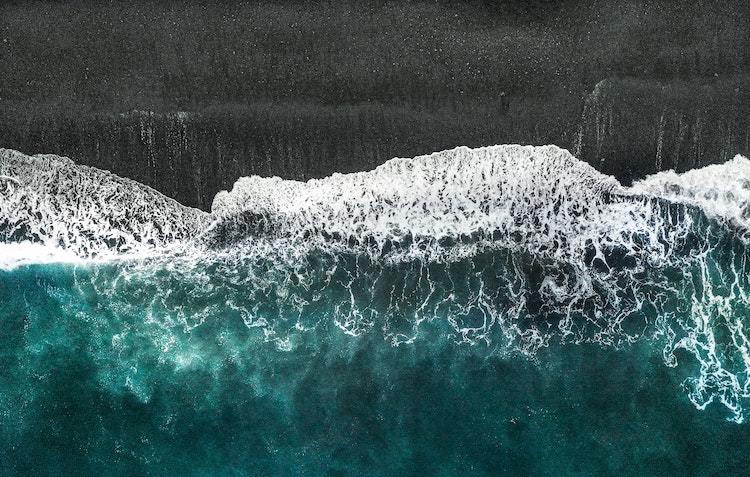
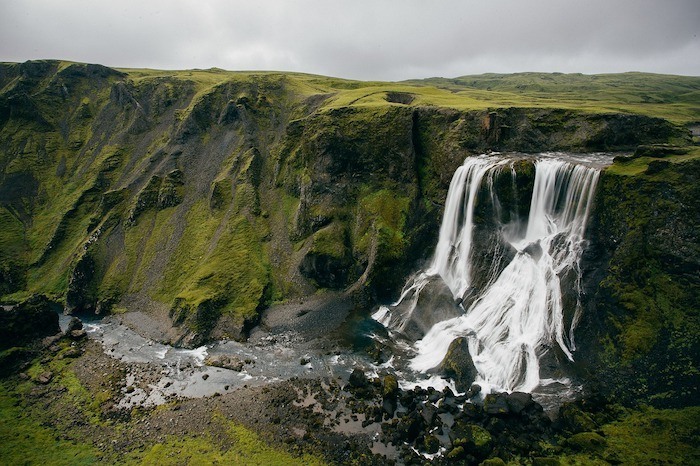
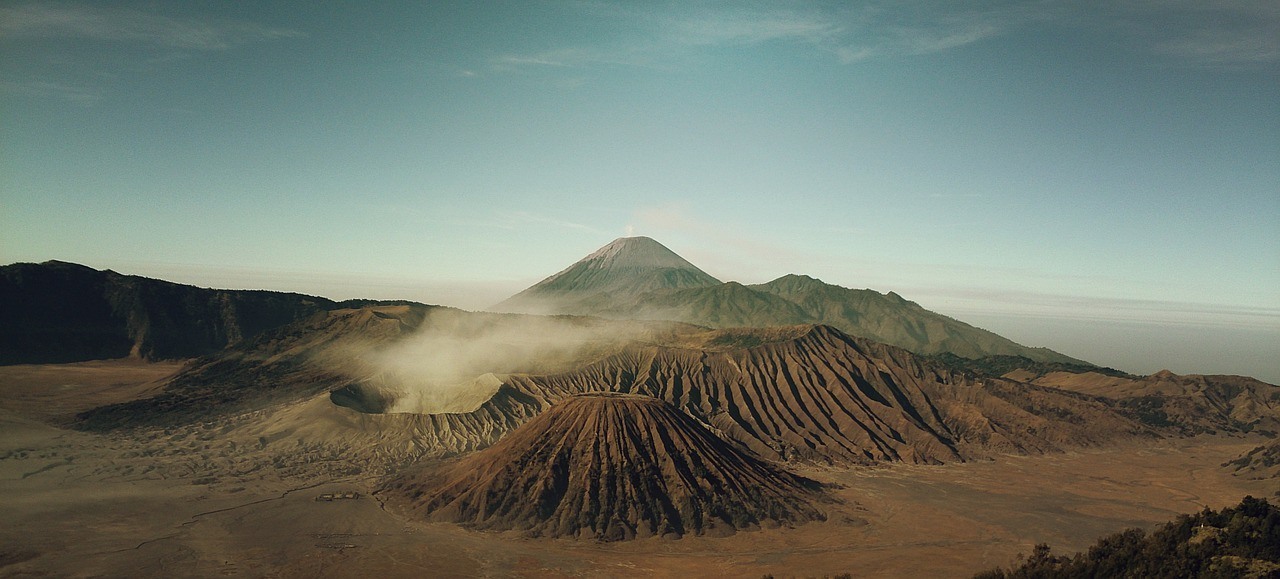
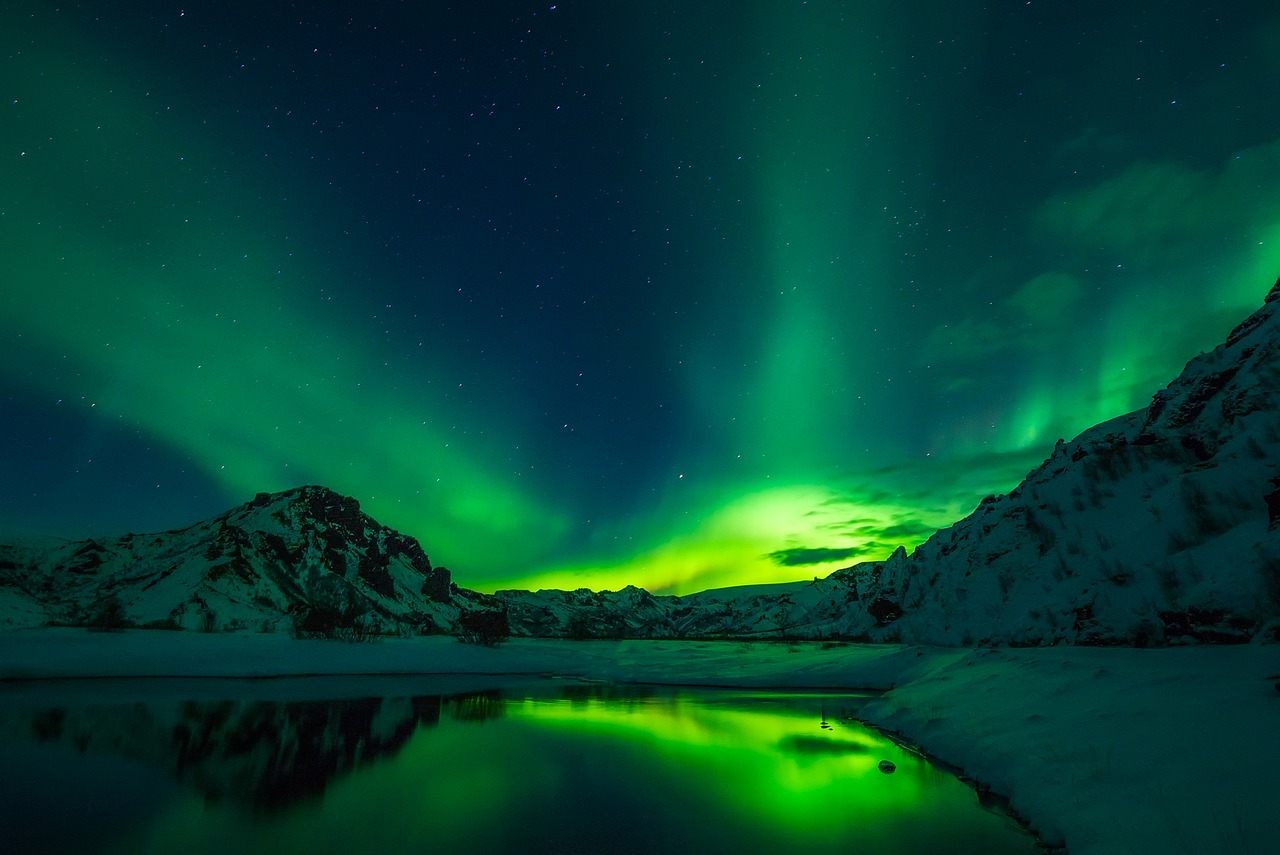
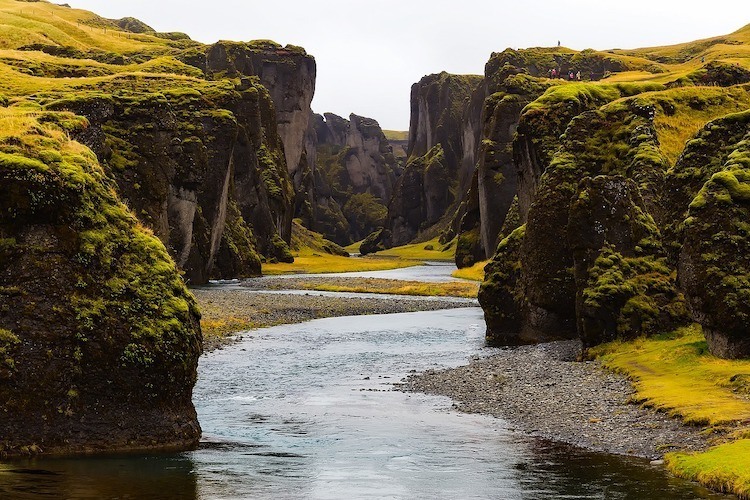
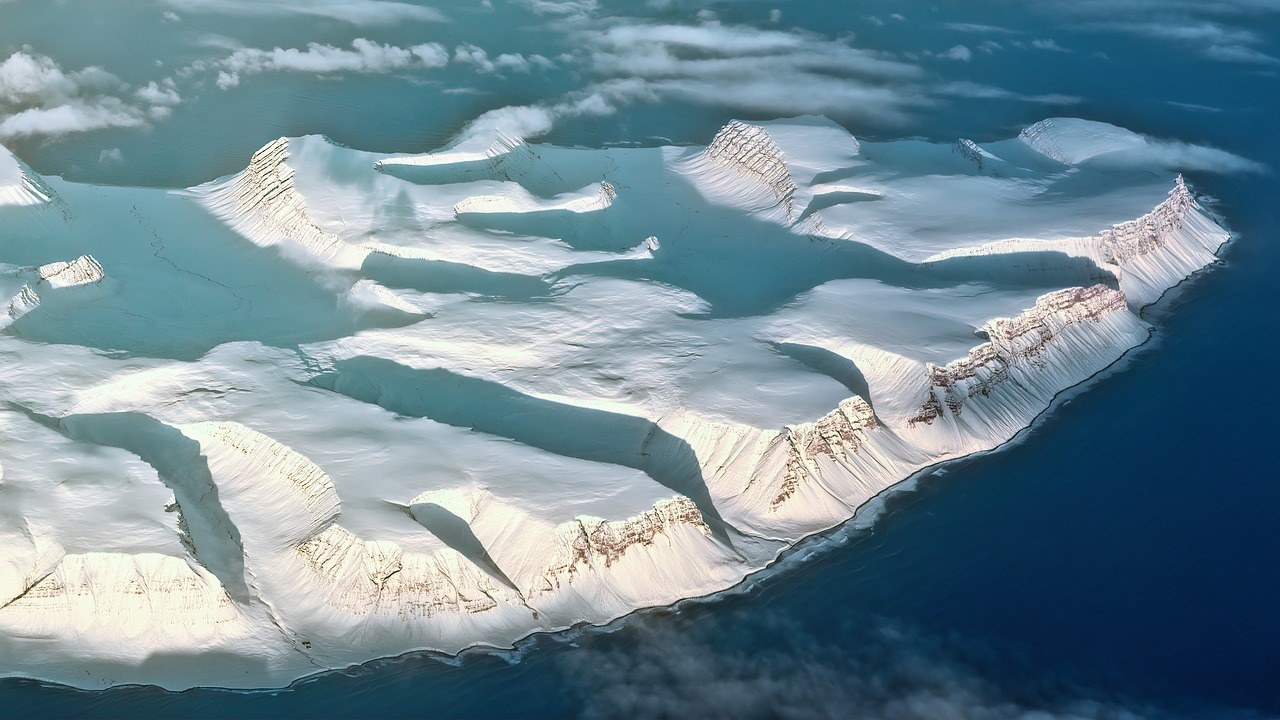
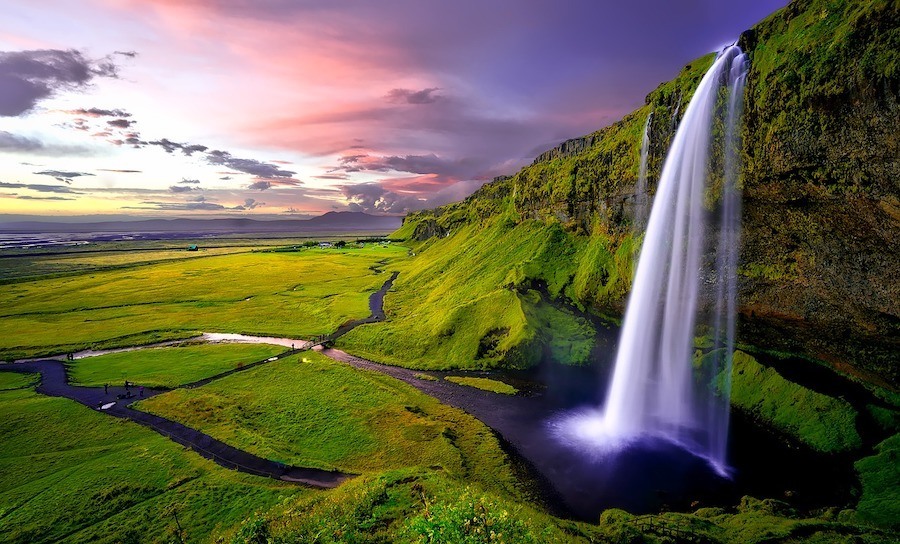
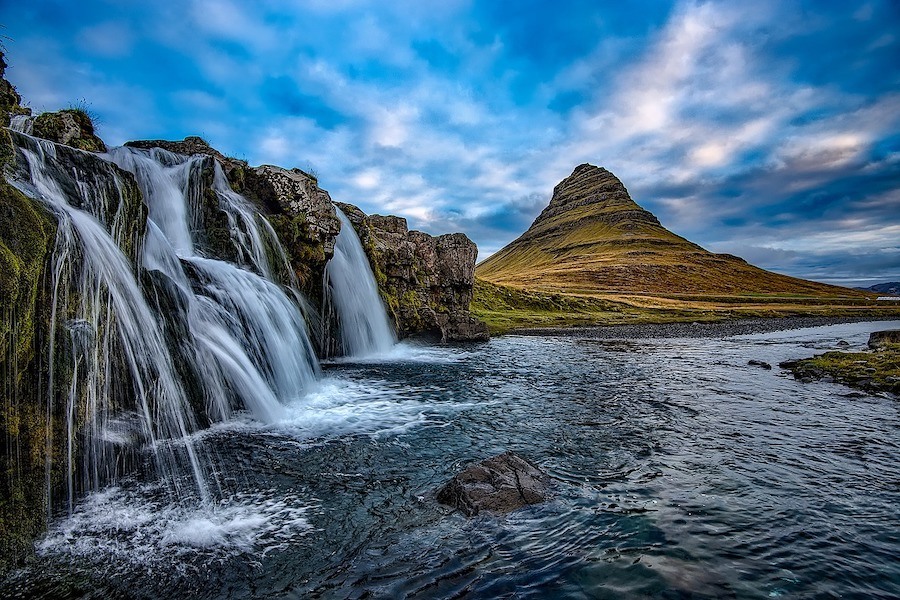
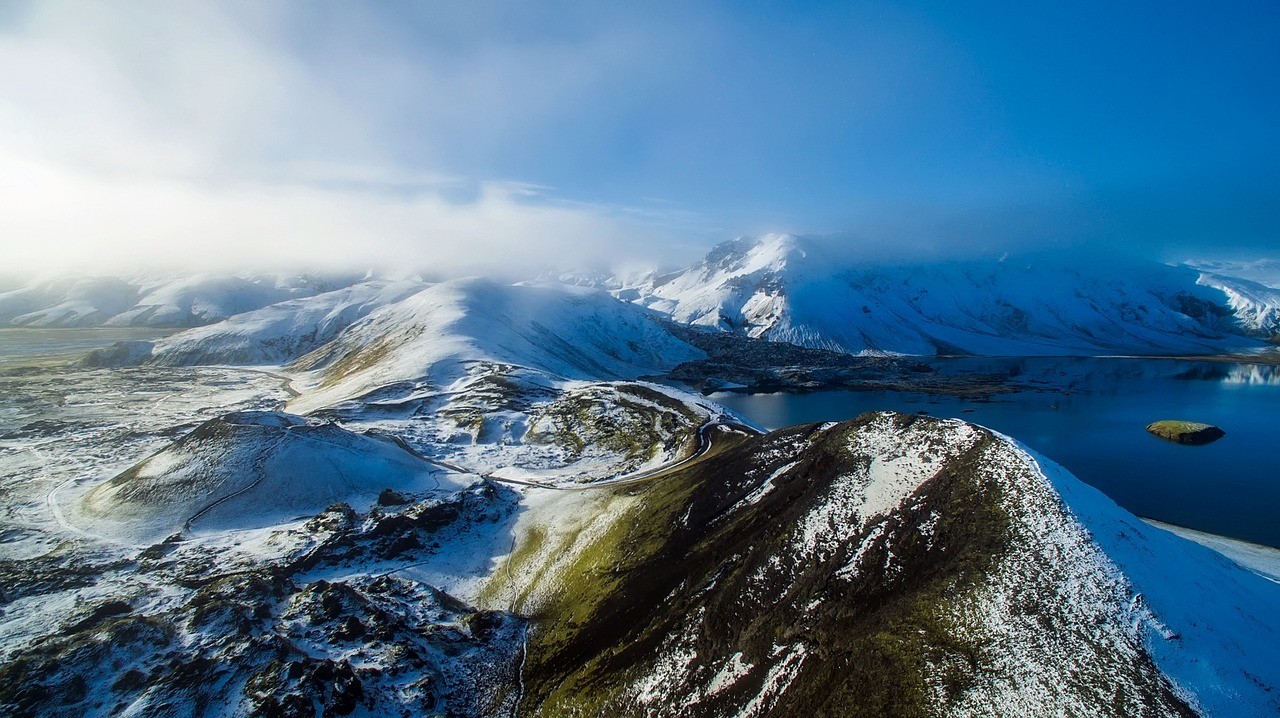
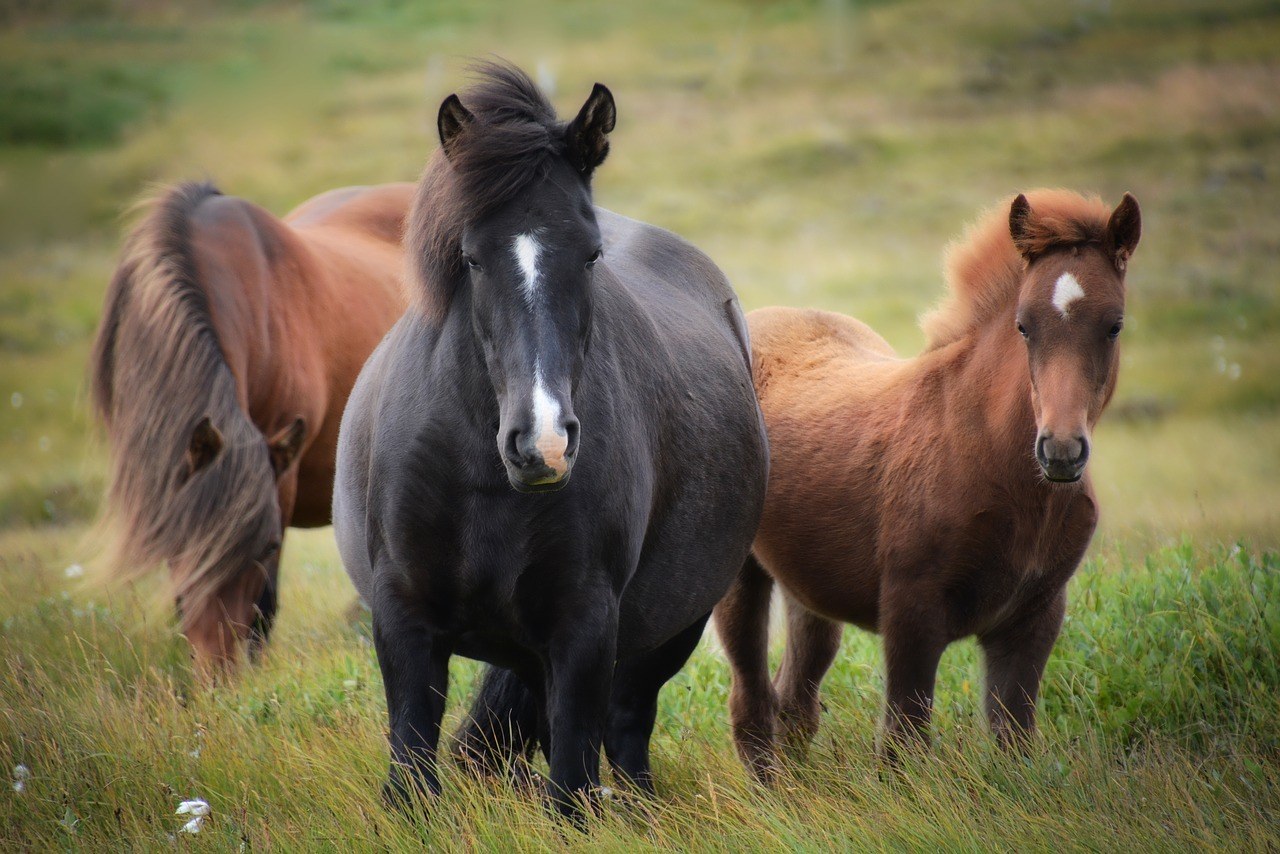
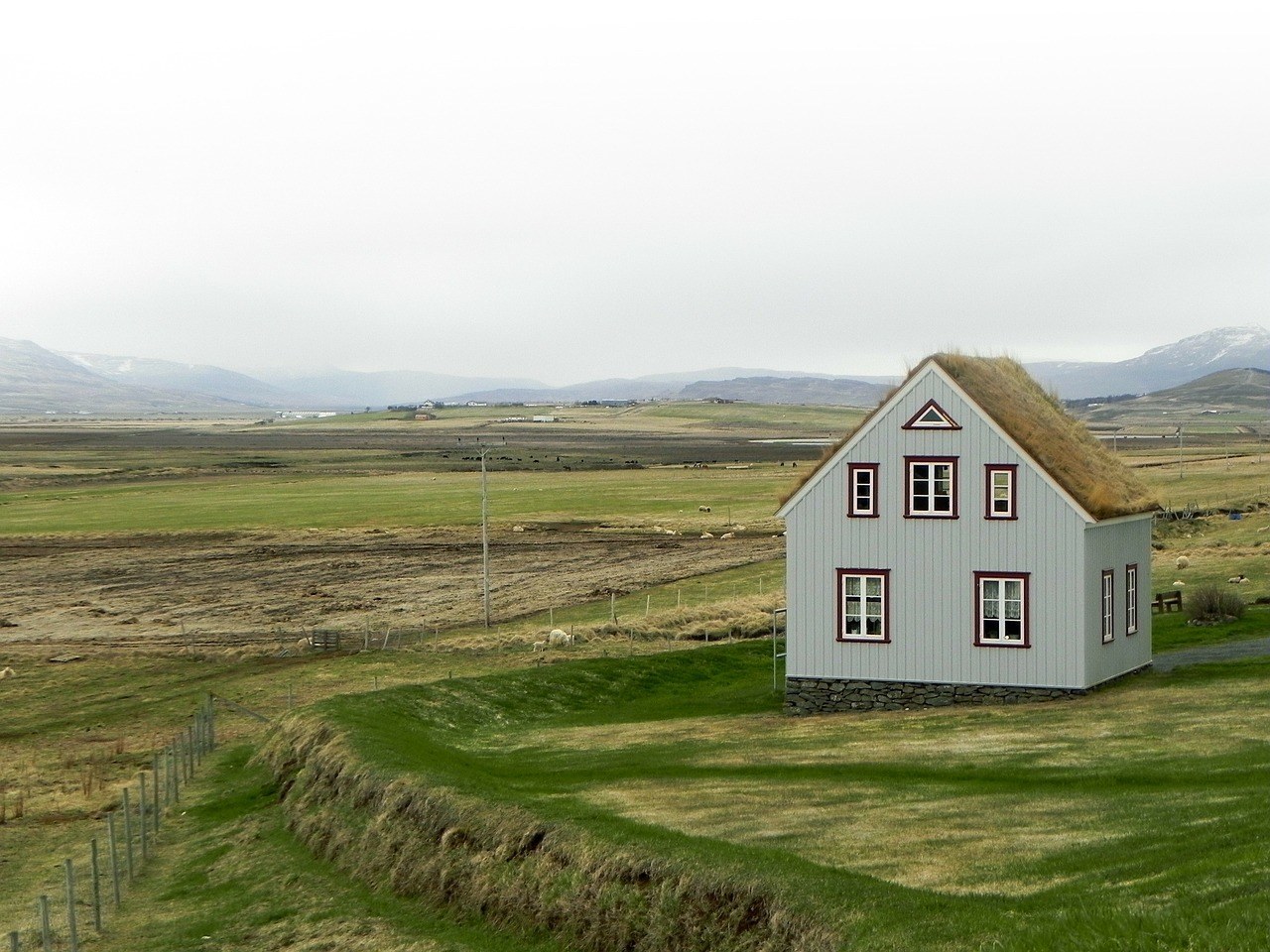
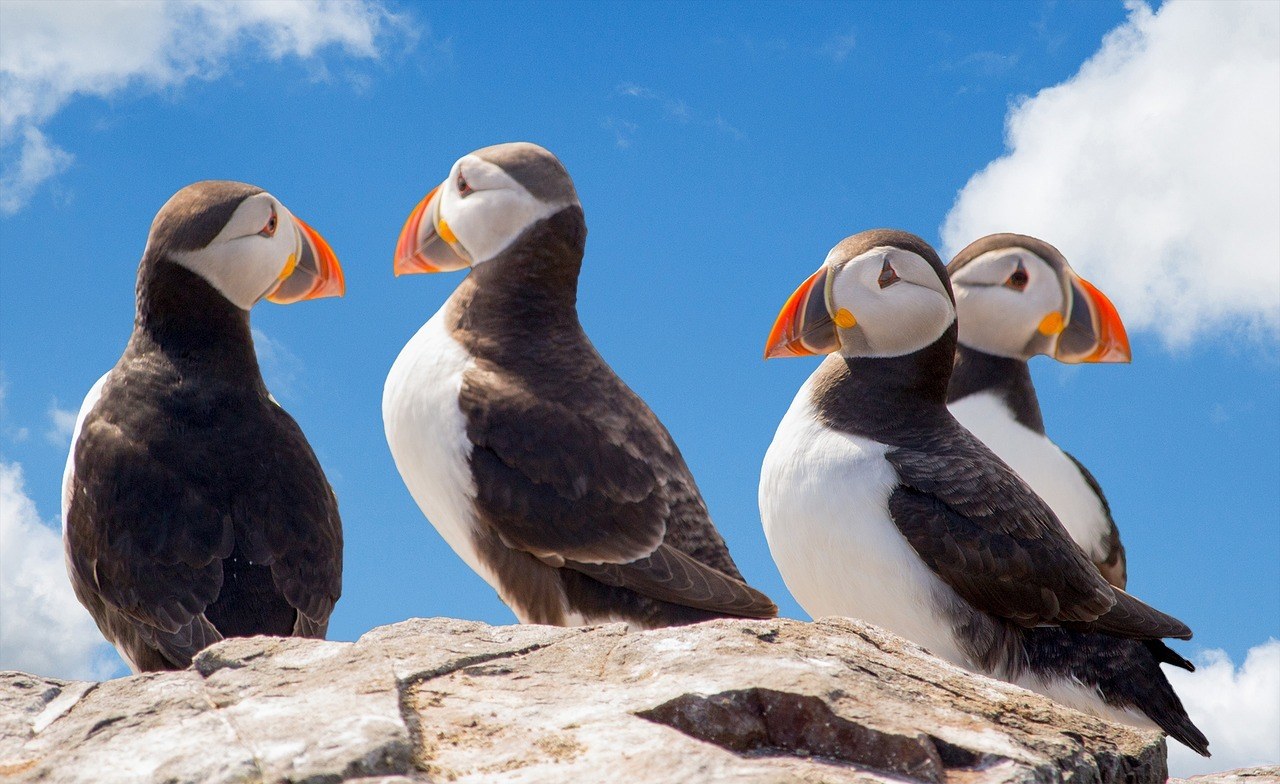
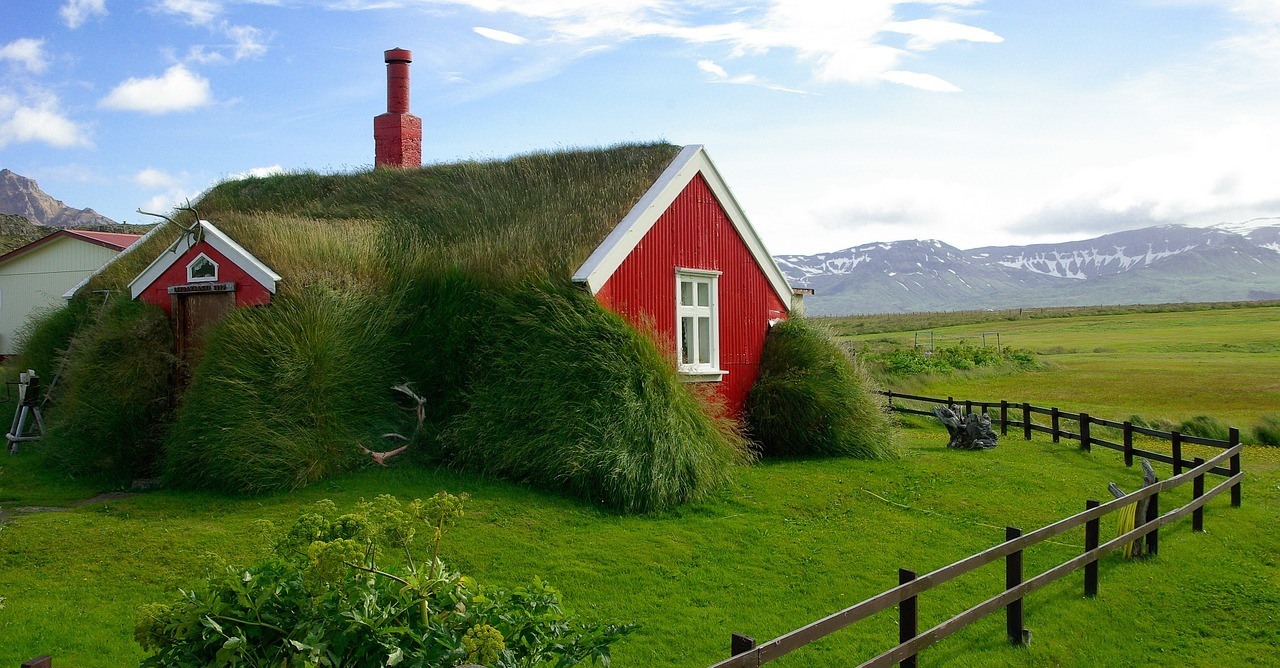
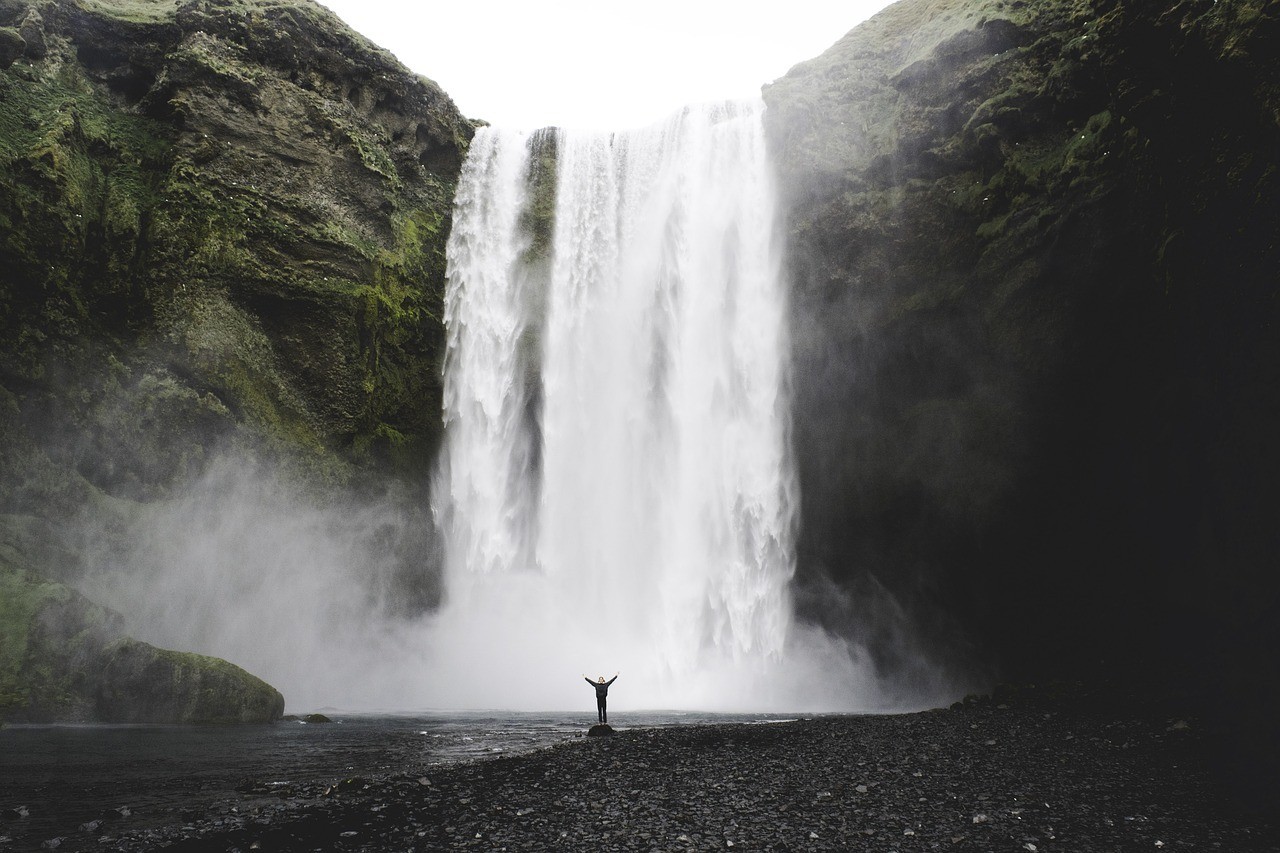
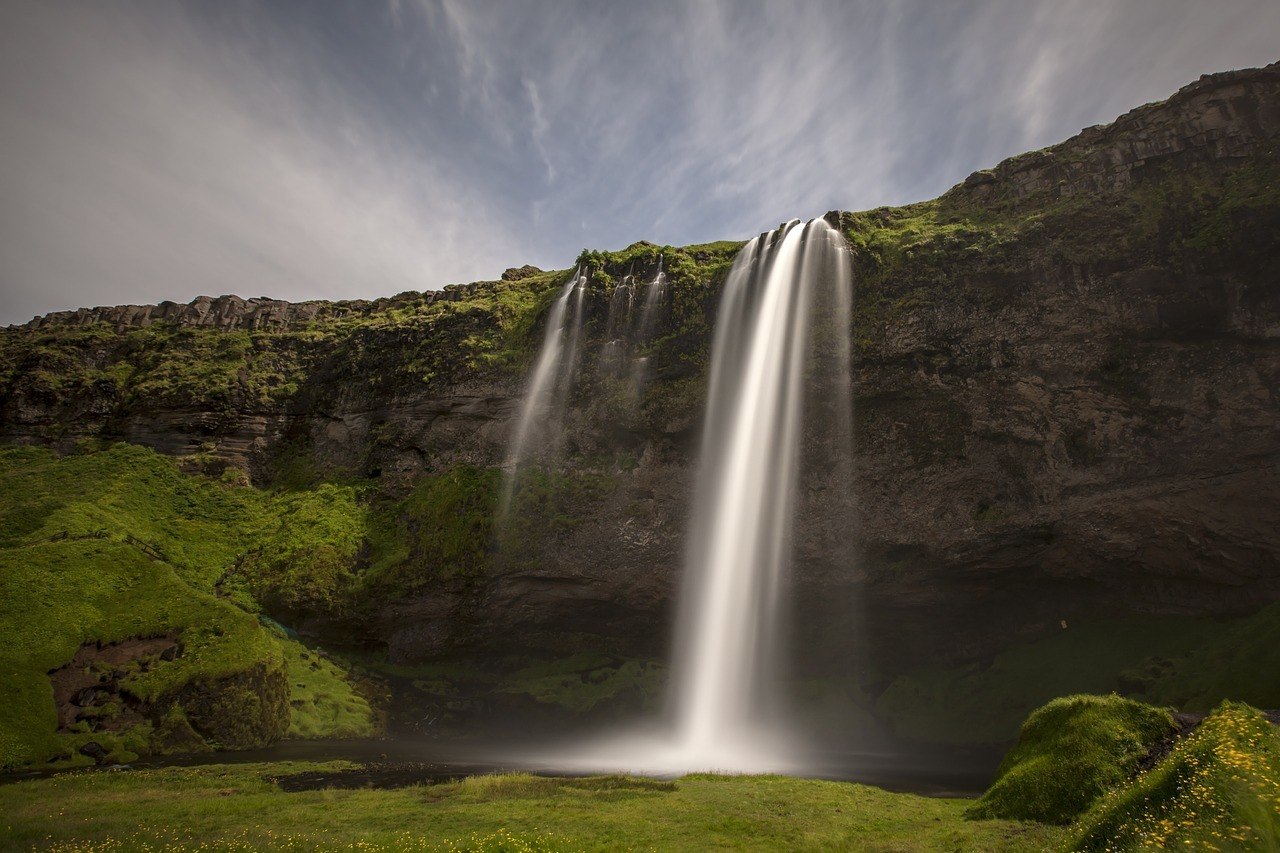
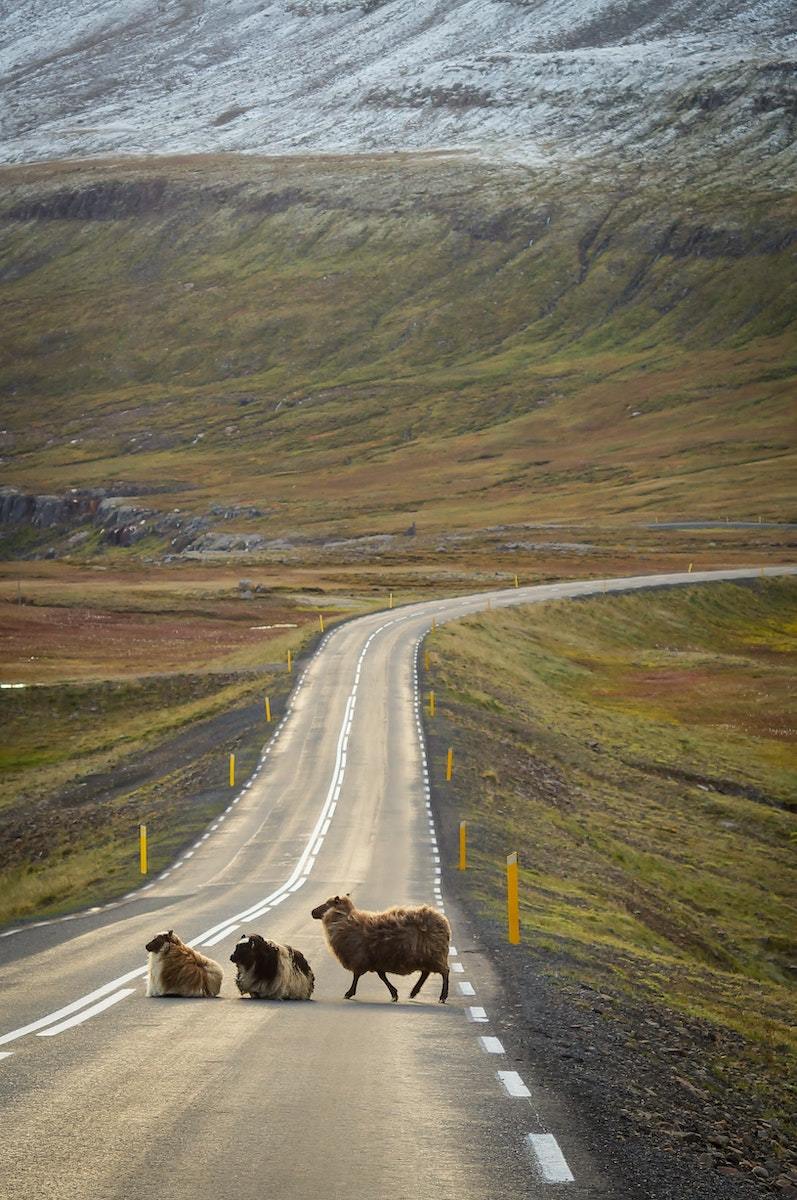
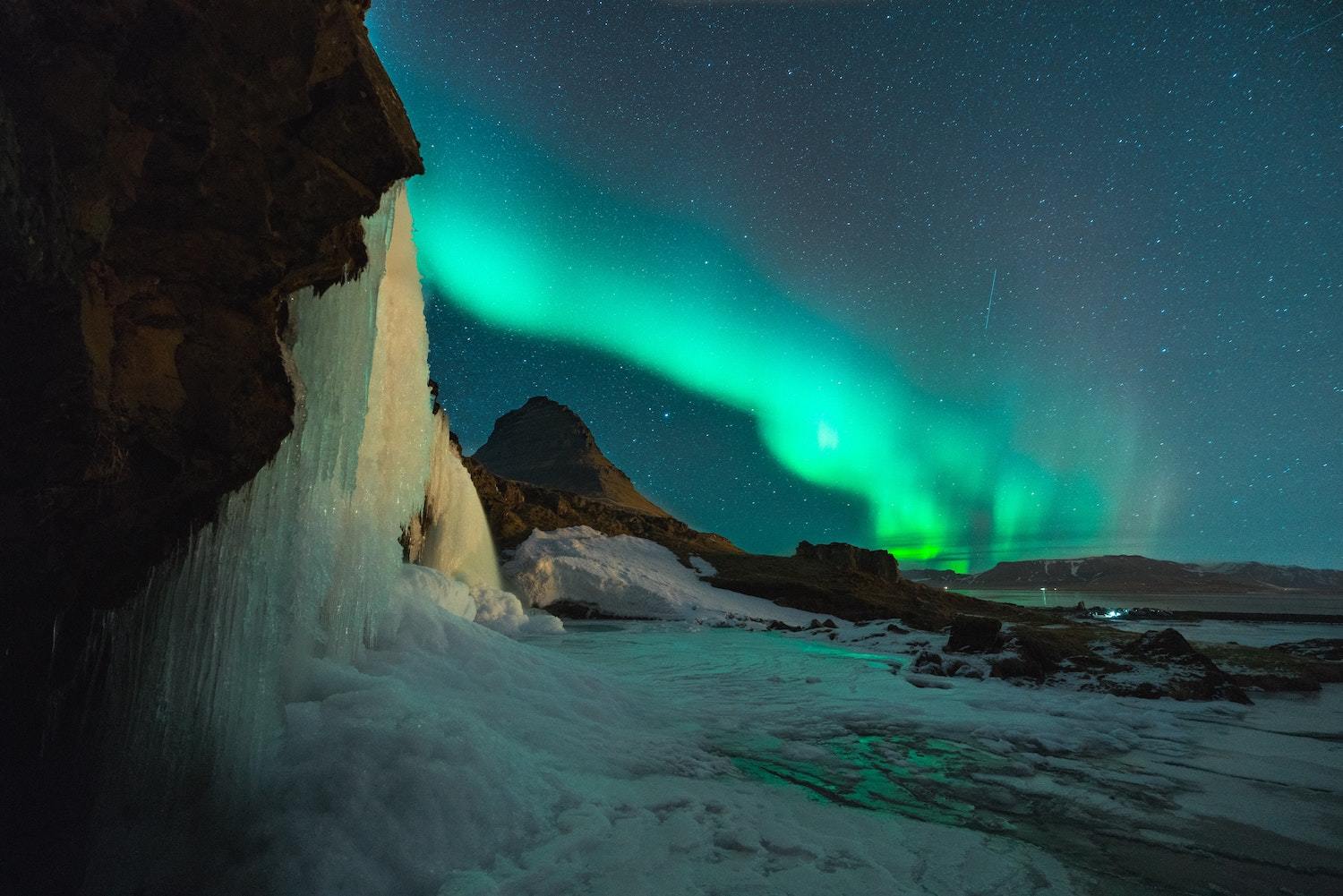
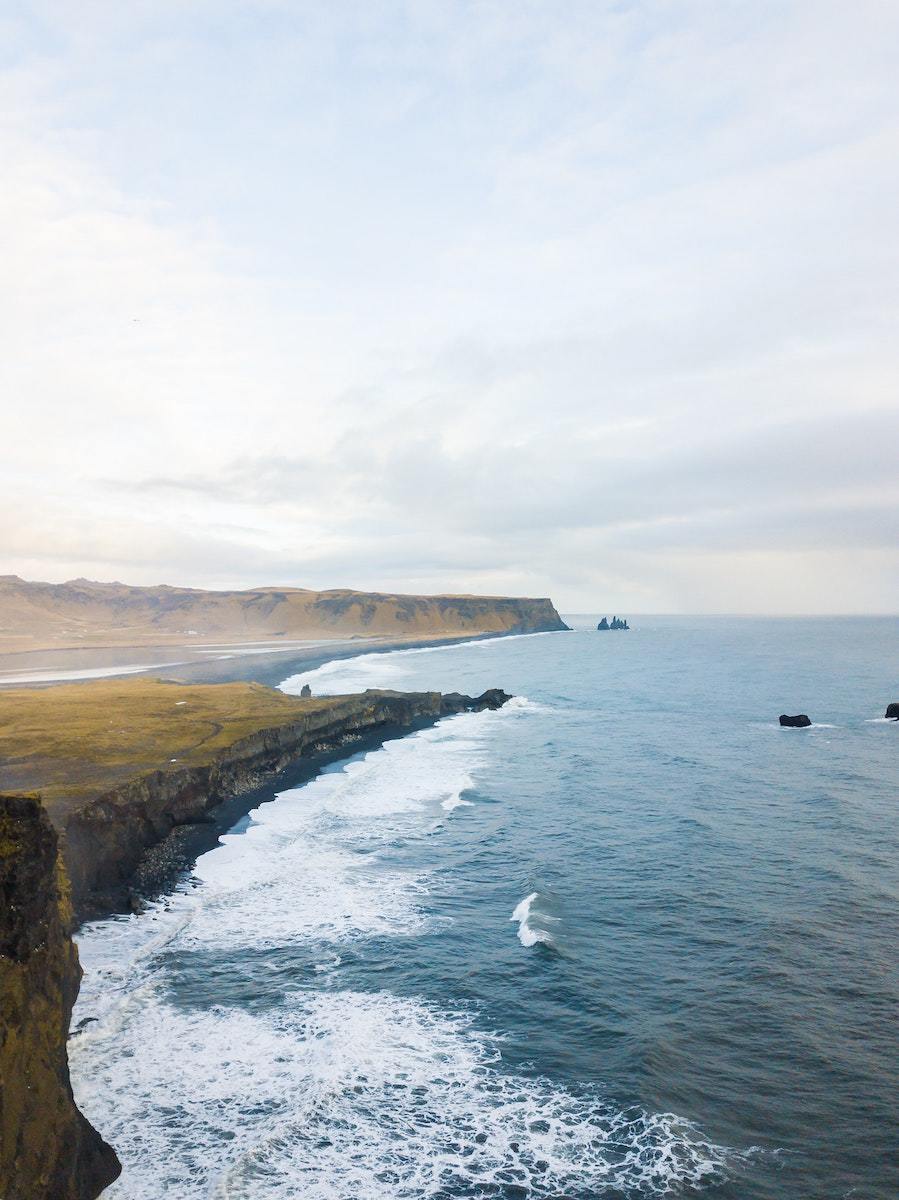
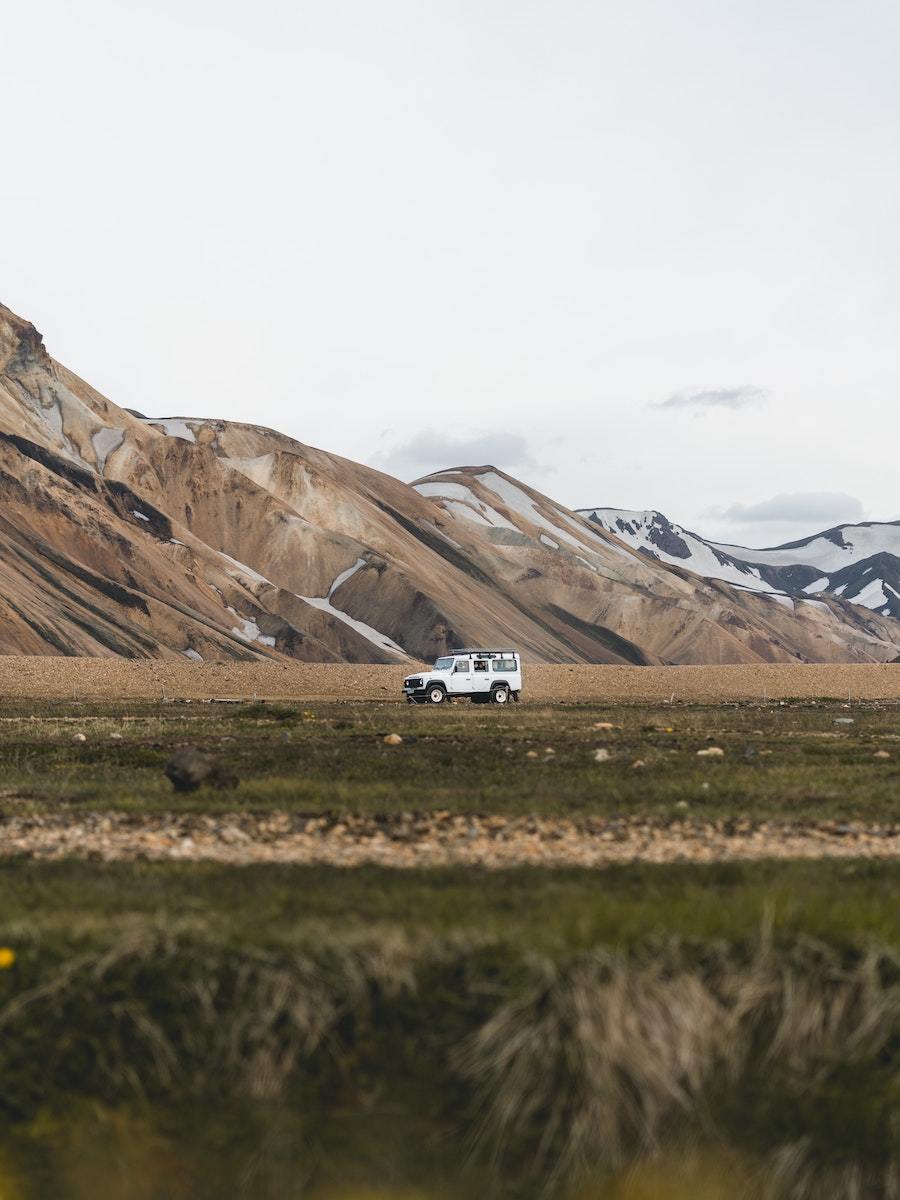
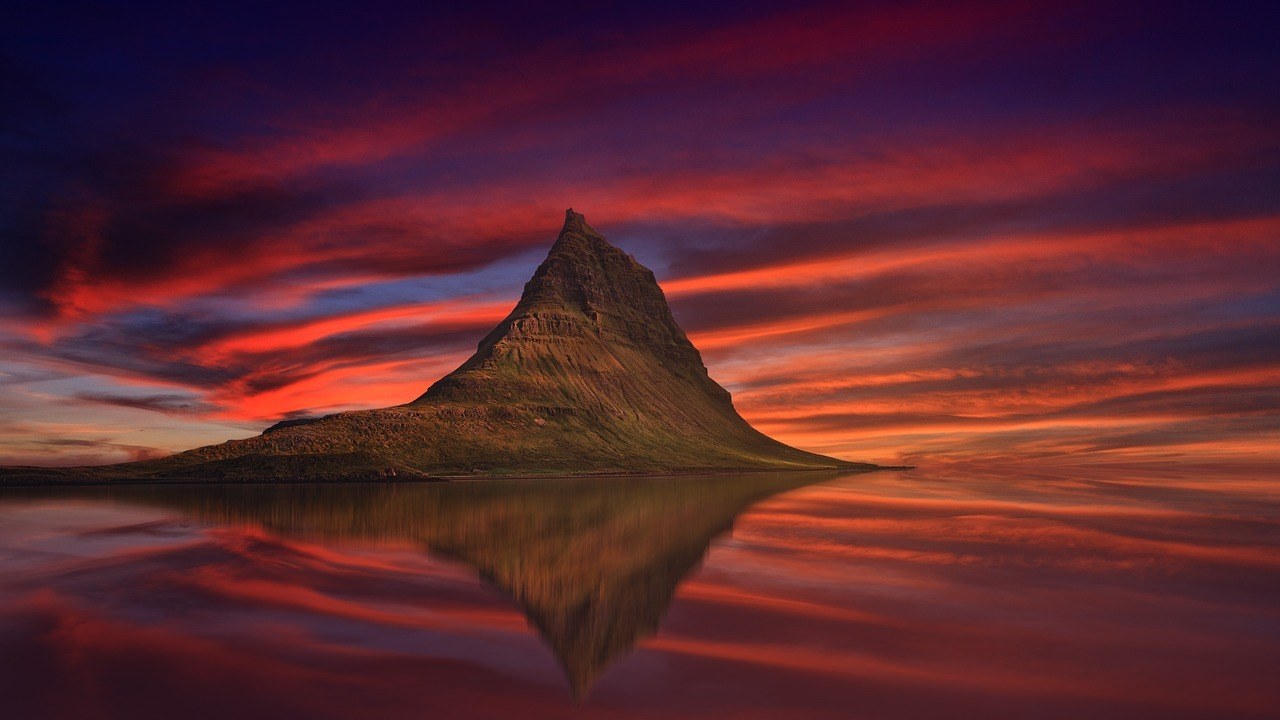
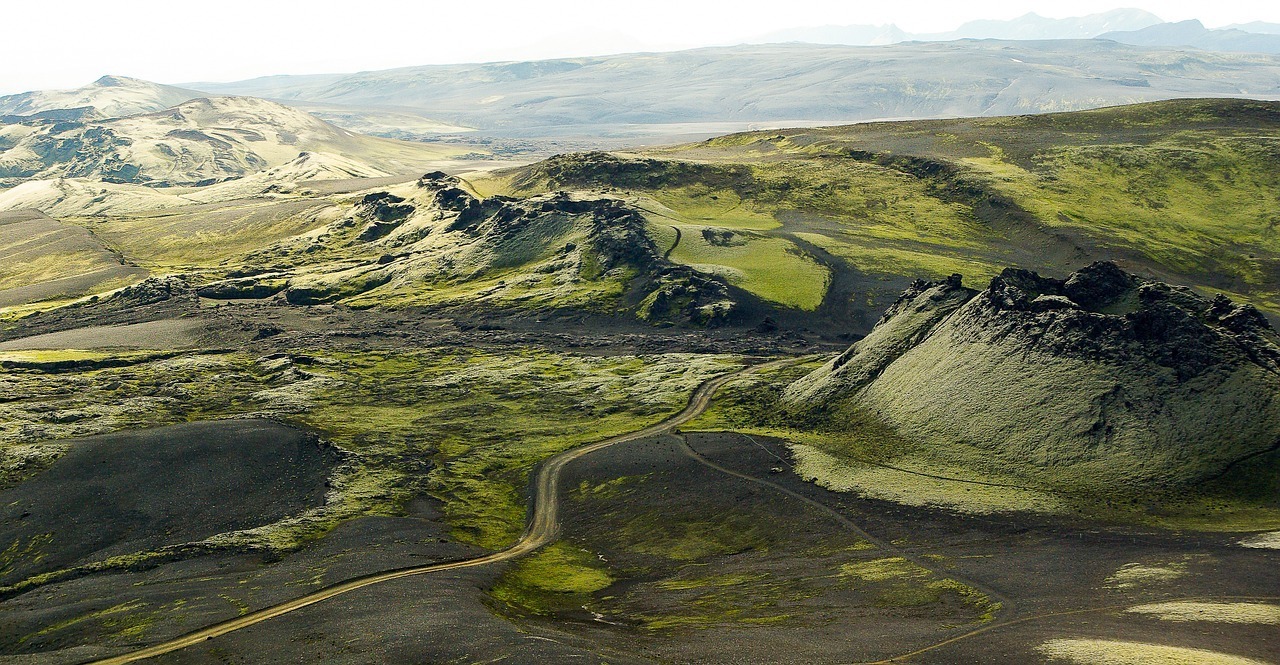
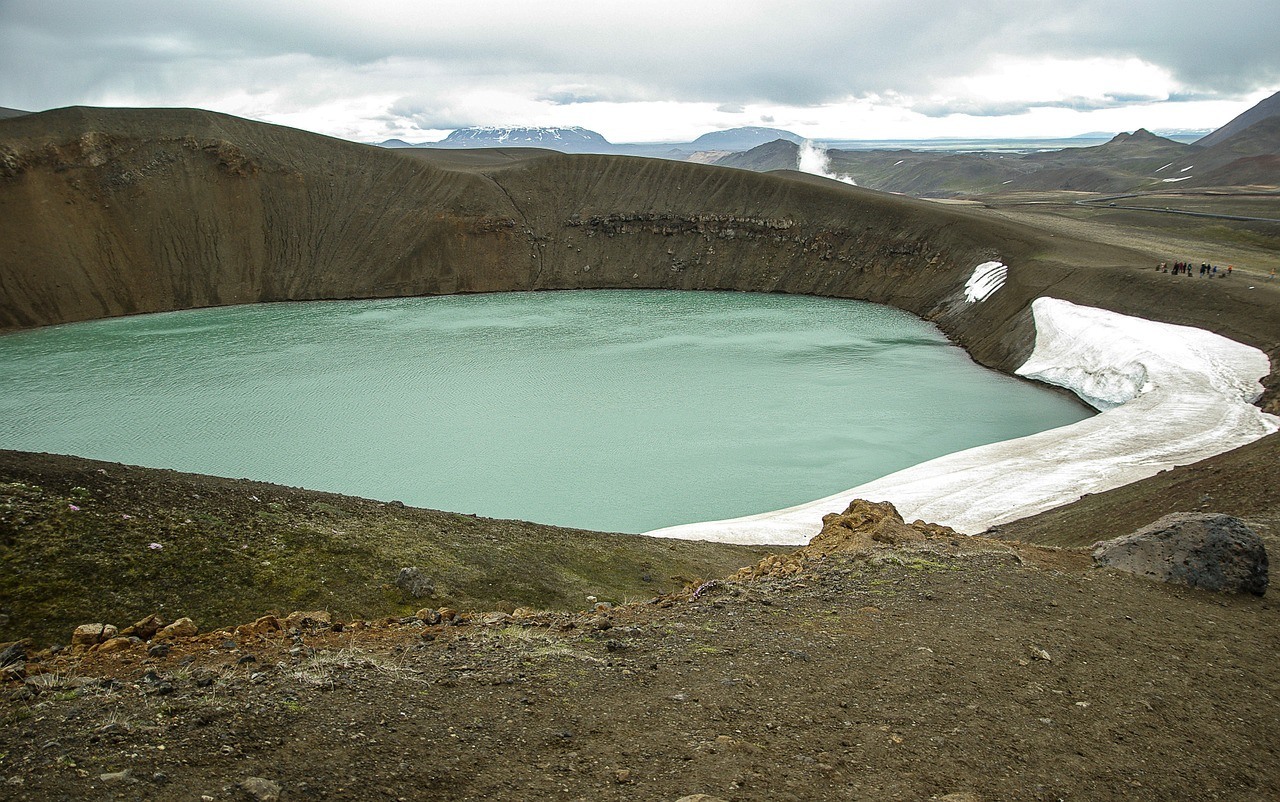
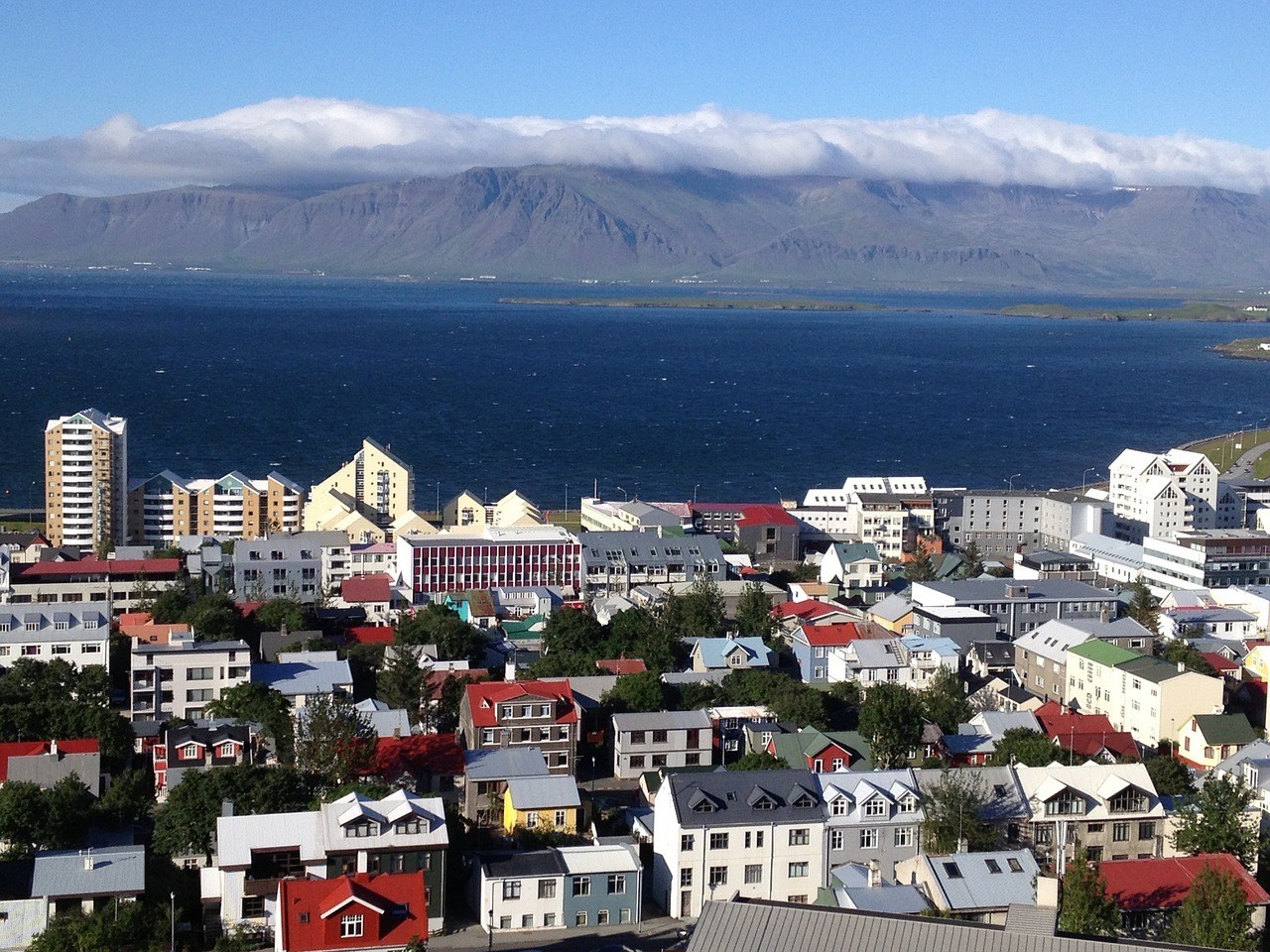
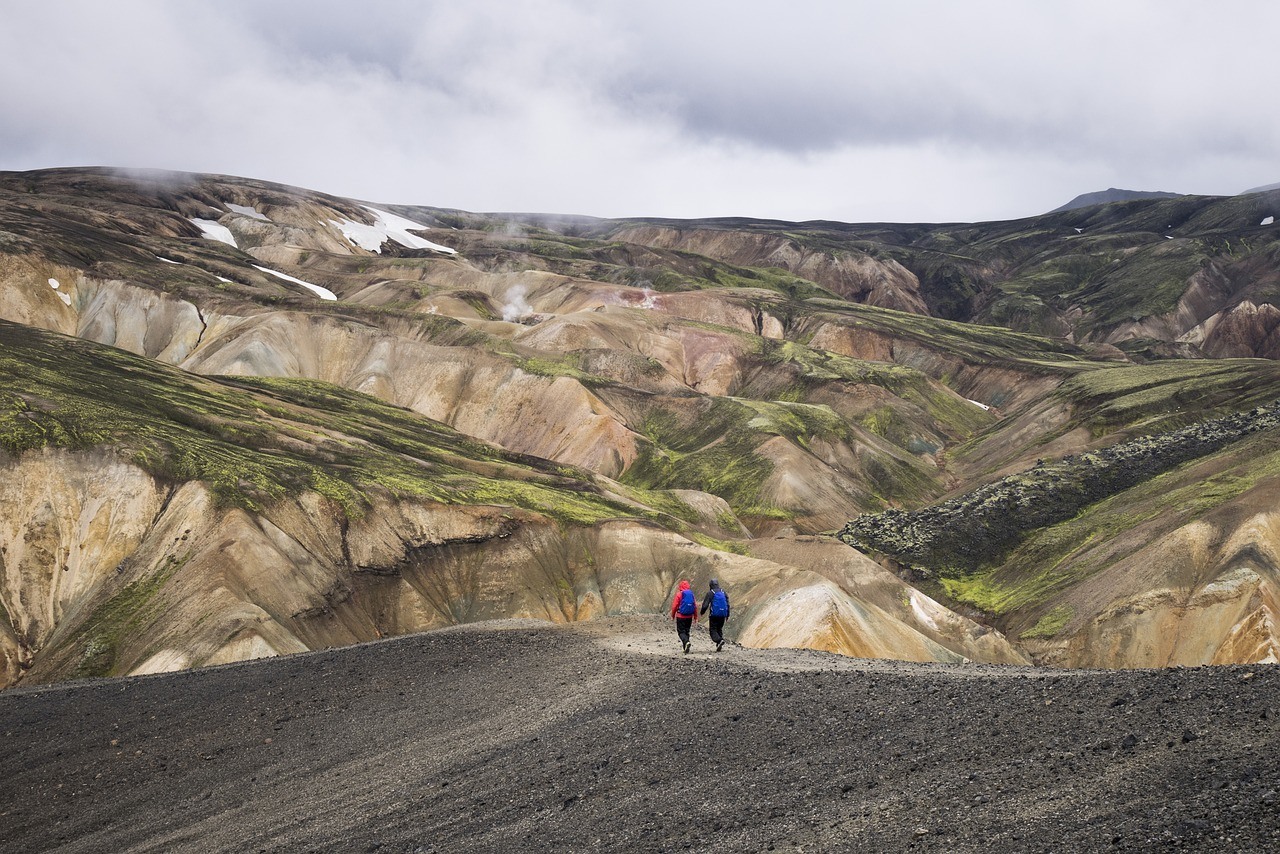
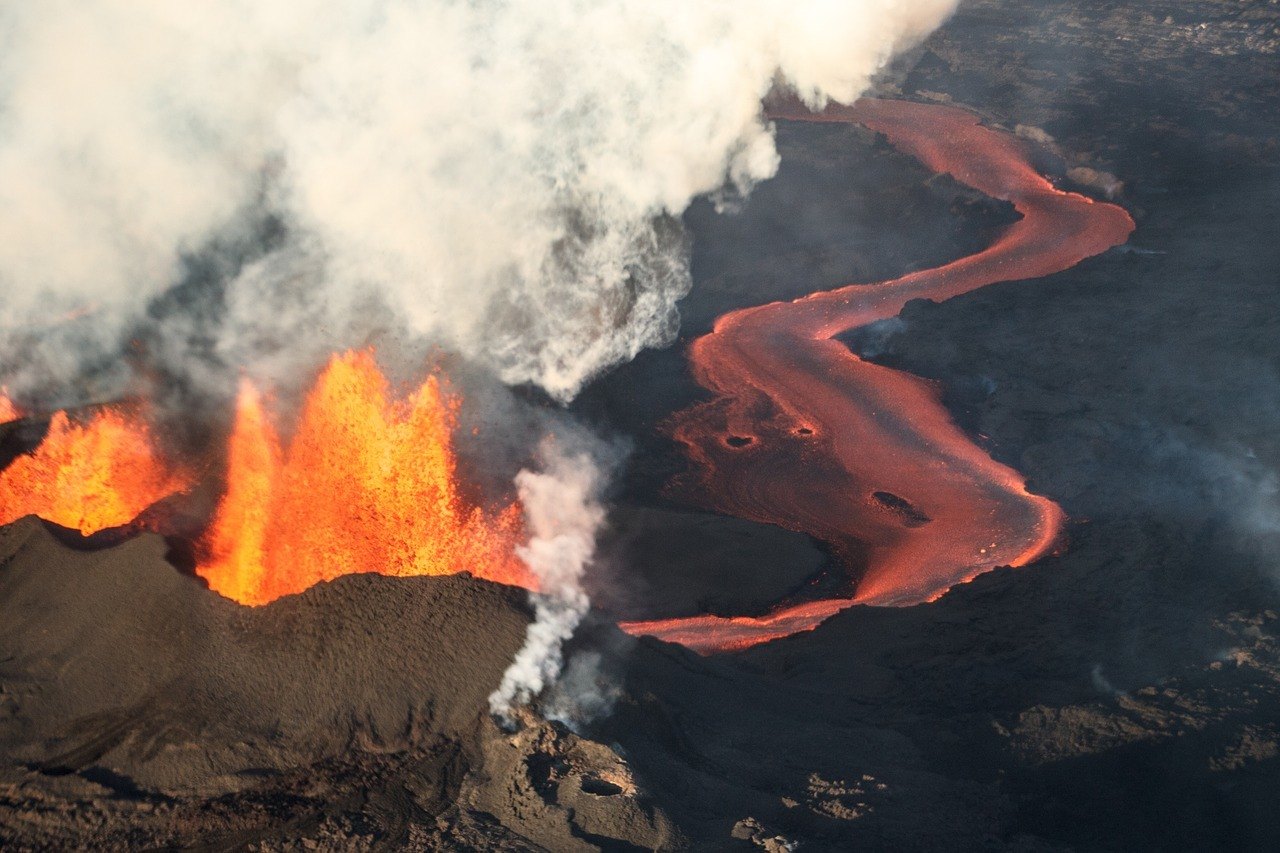
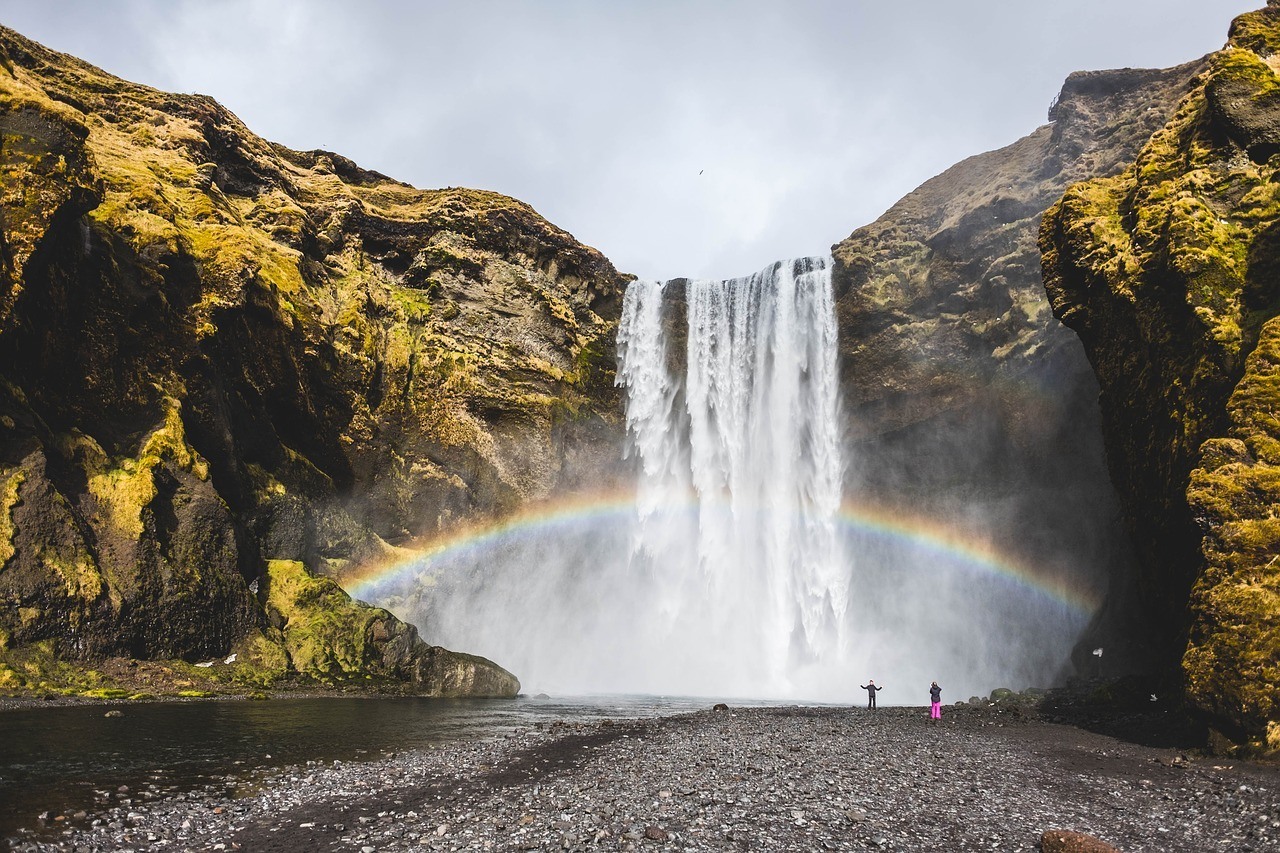
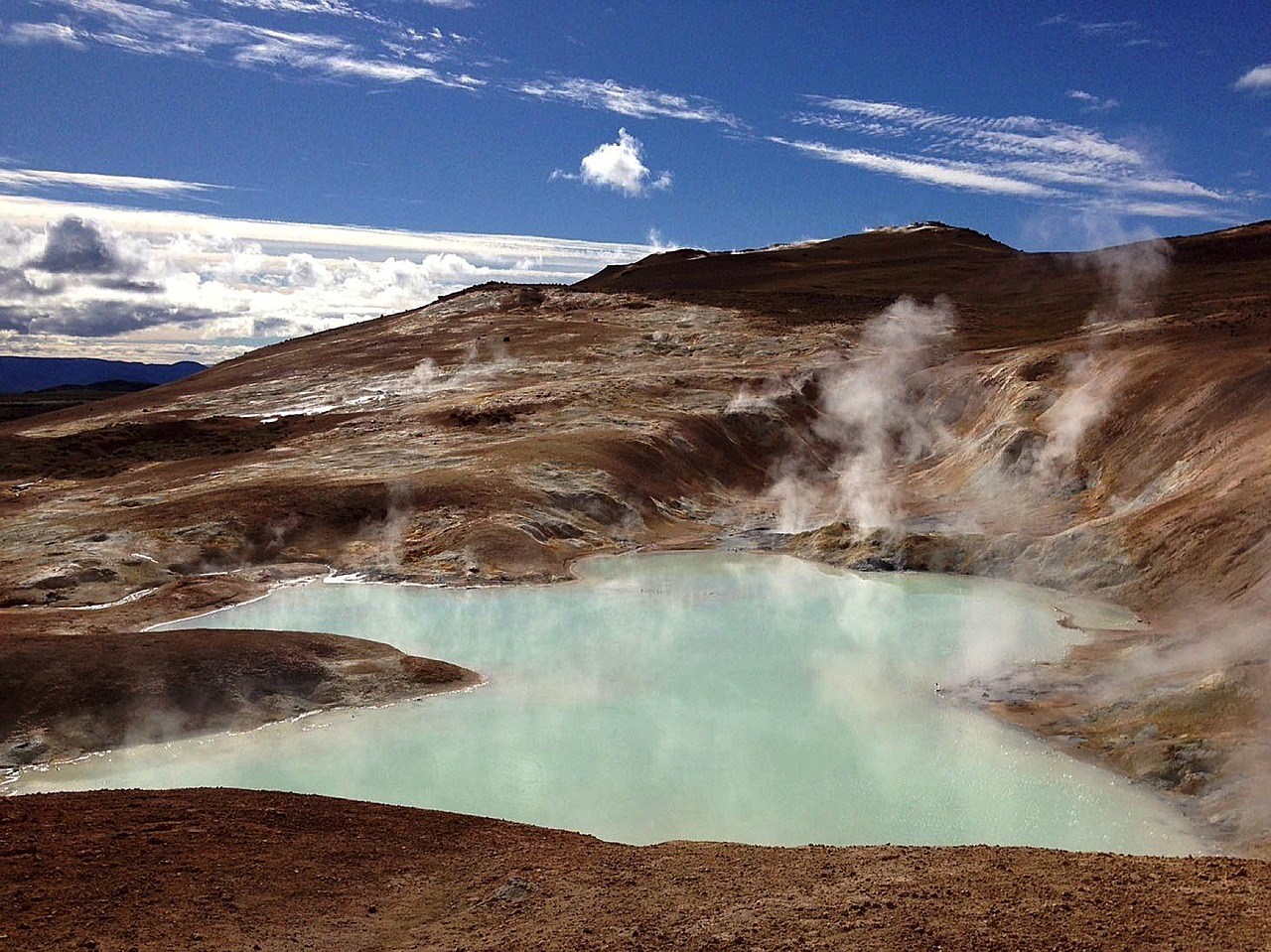
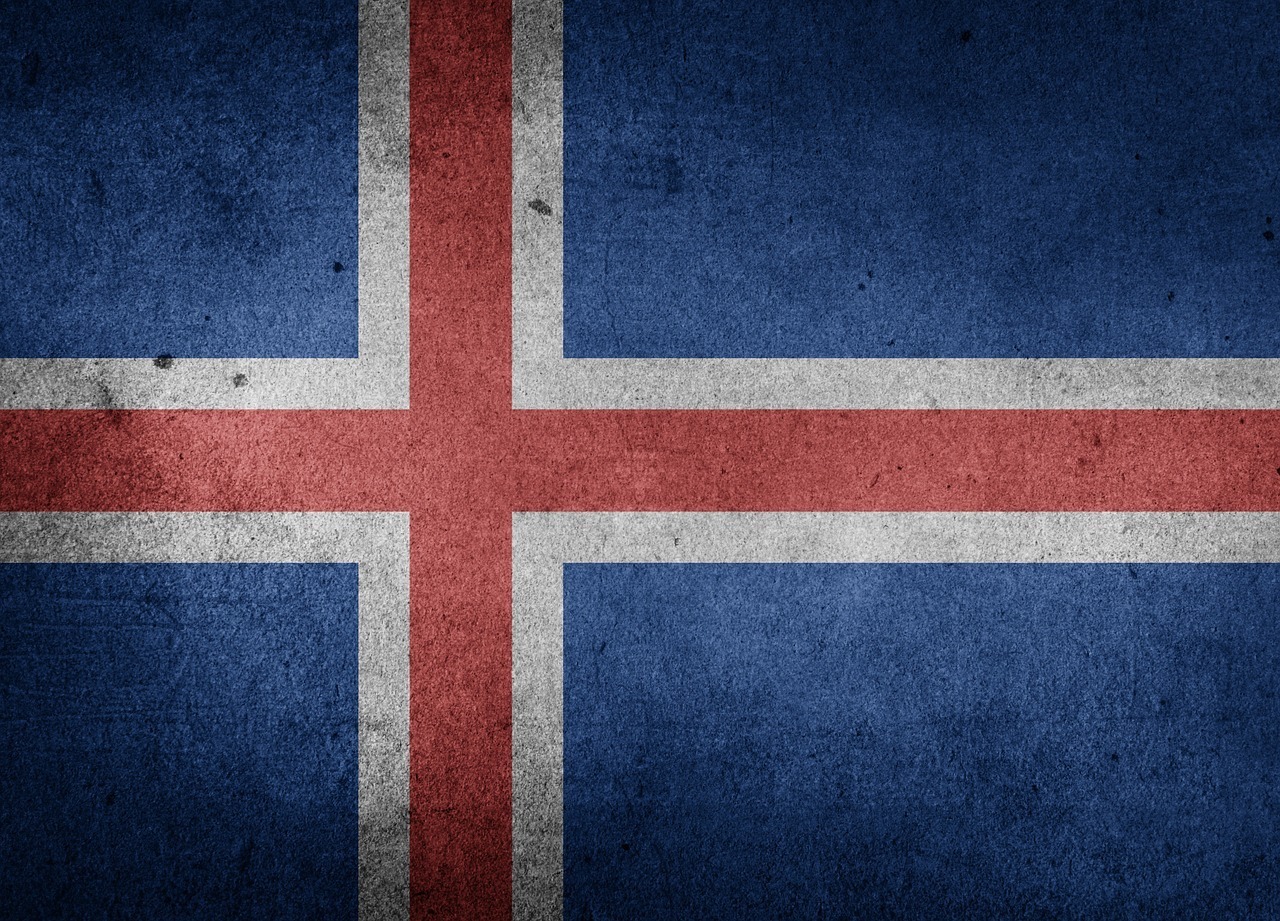
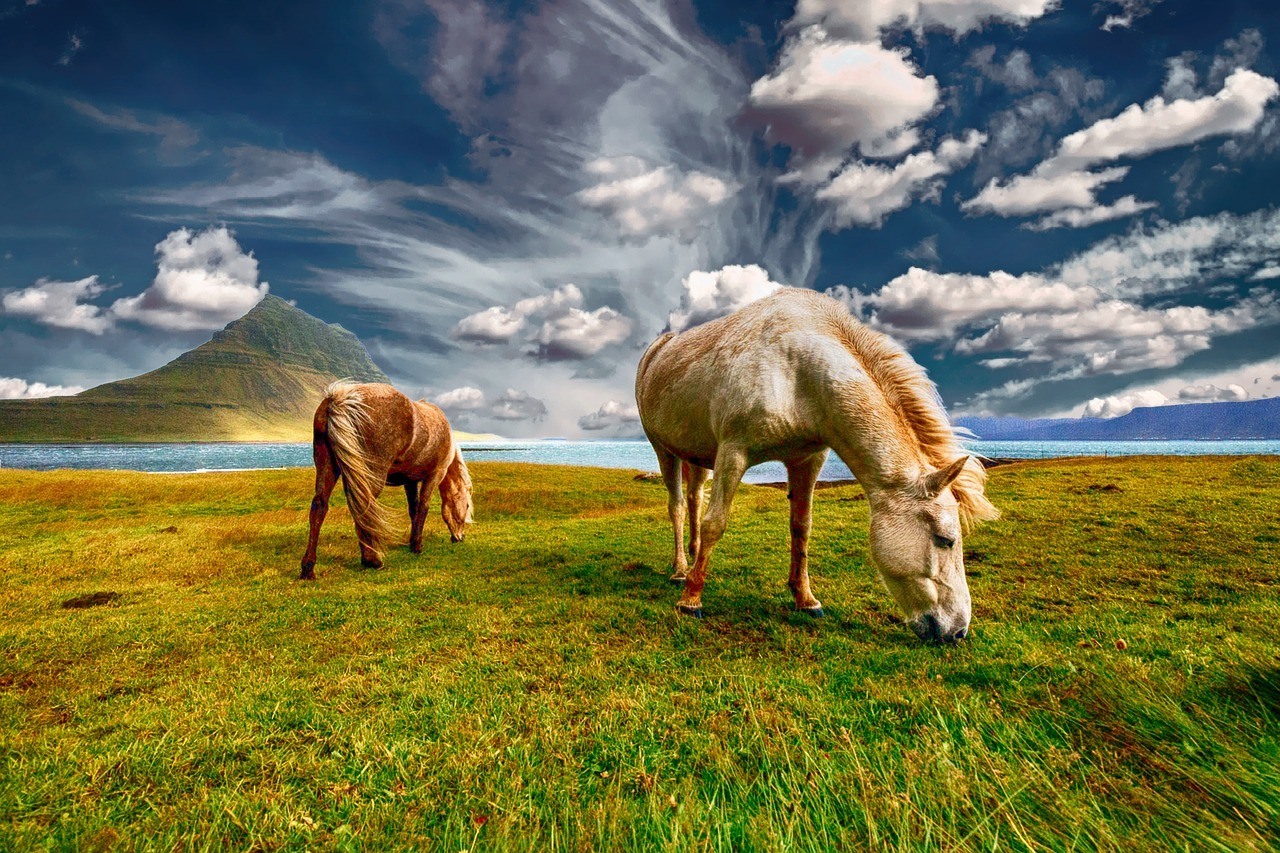
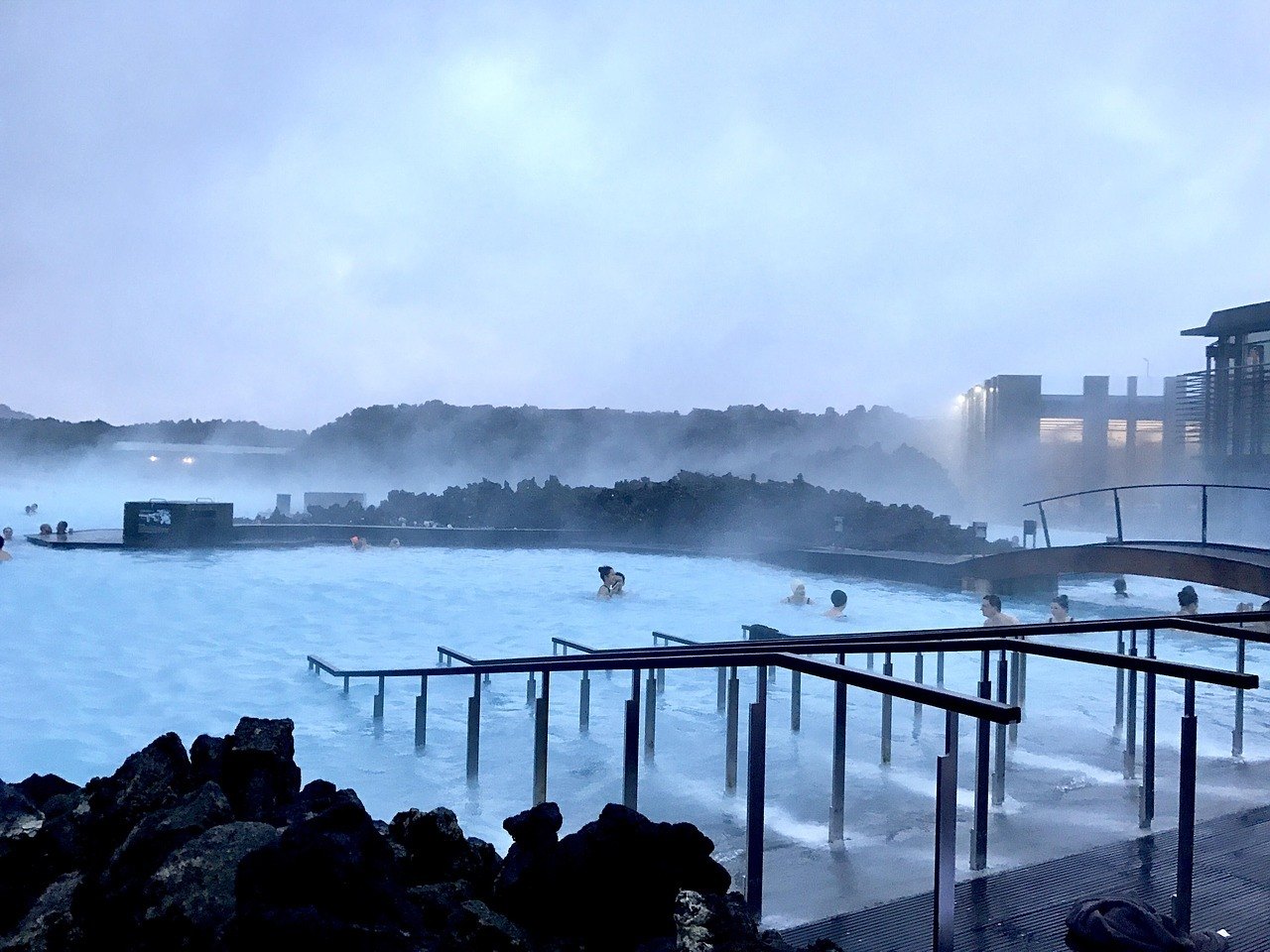
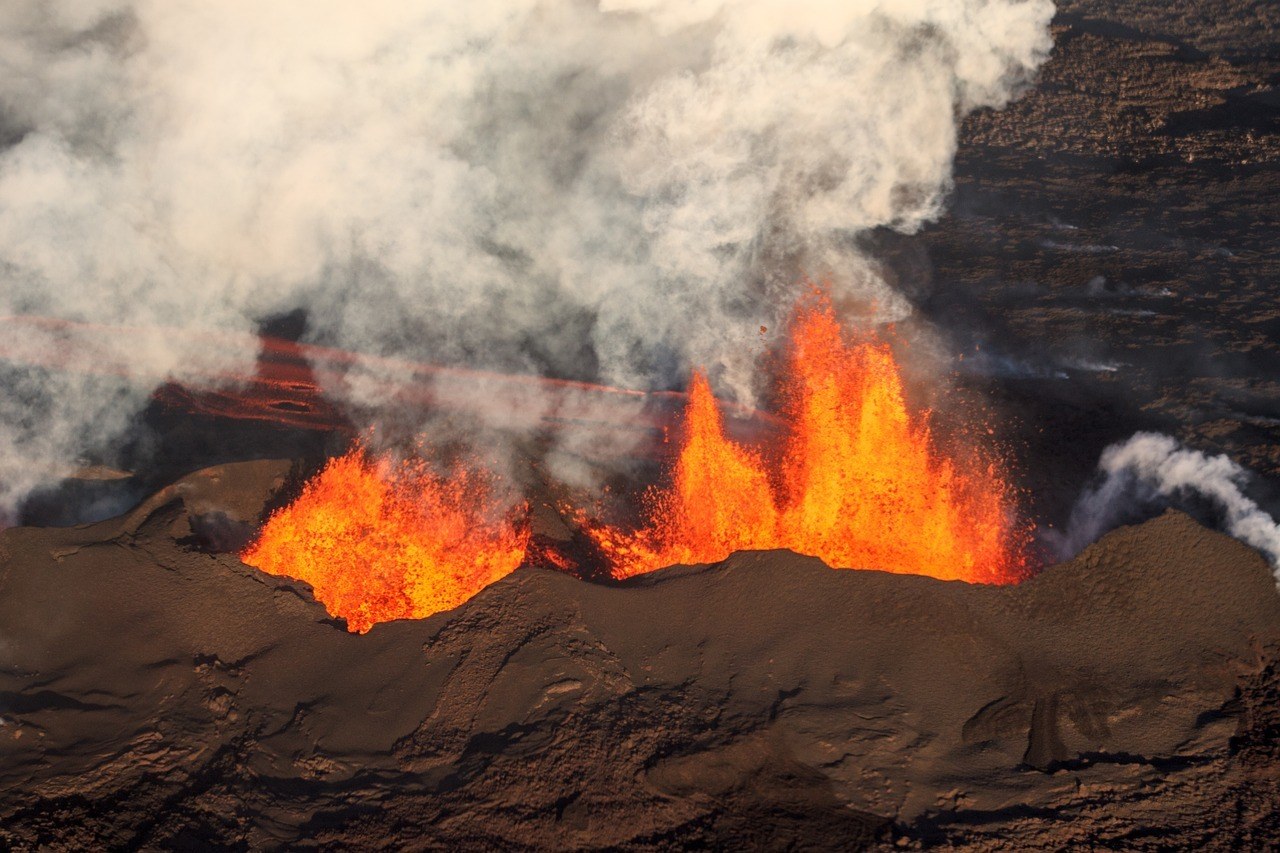
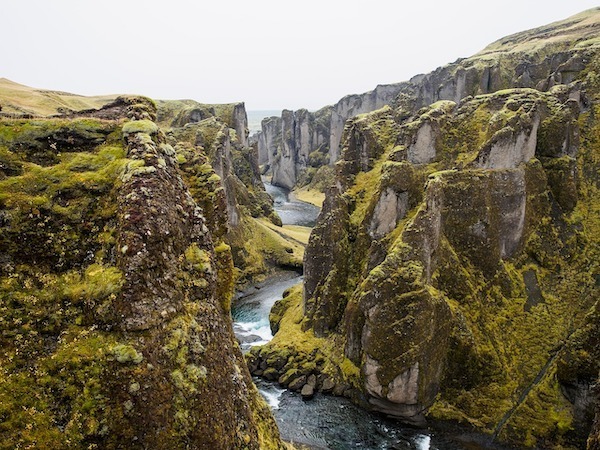


Trackbacks & Pingbacks
[…] a fun read through my article on 122 Fun, Fascinating, and Interesting Facts About Iceland to learn all about this unique […]
[…] 120 Mind-Blowing Iceland Facts That’ll Shock & Amaze You […]
Comments are closed.